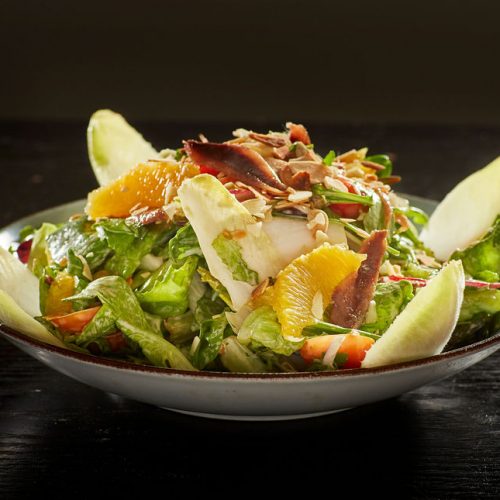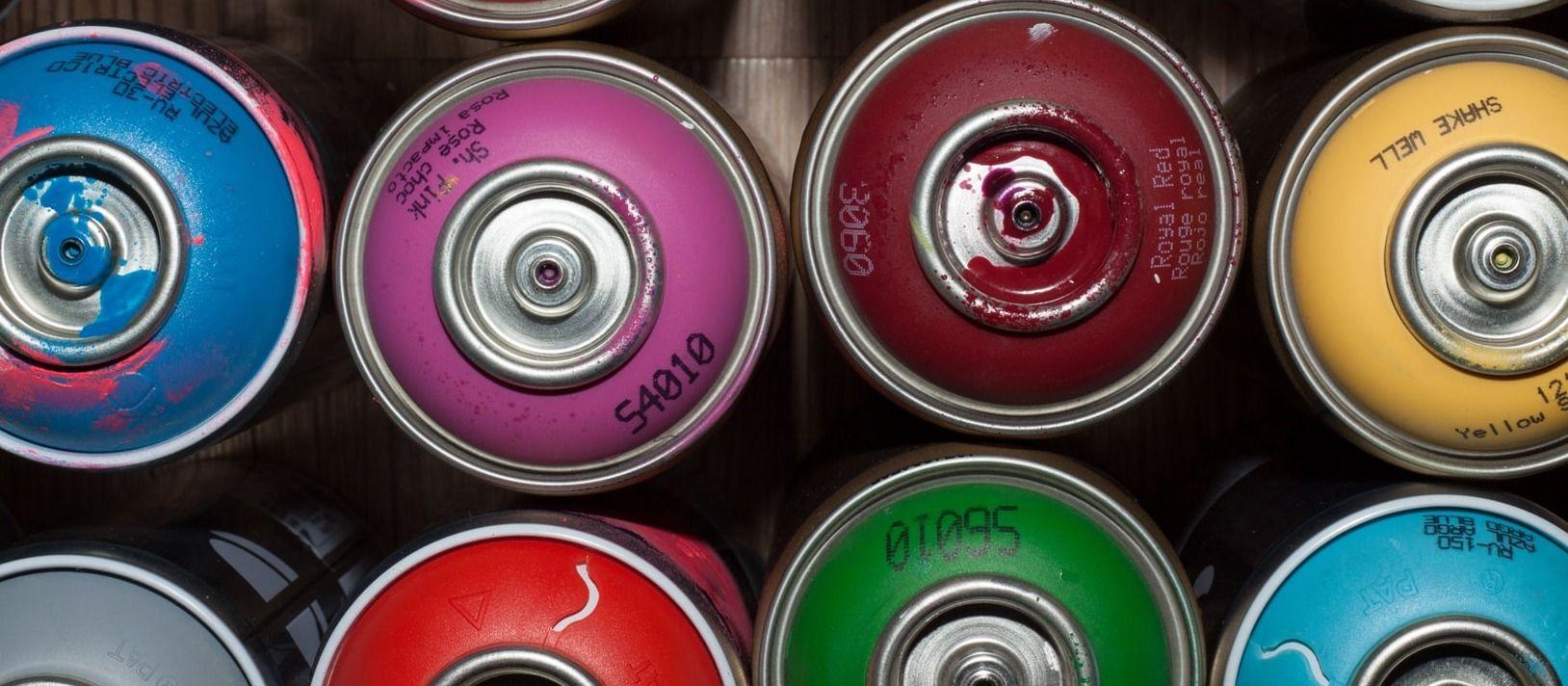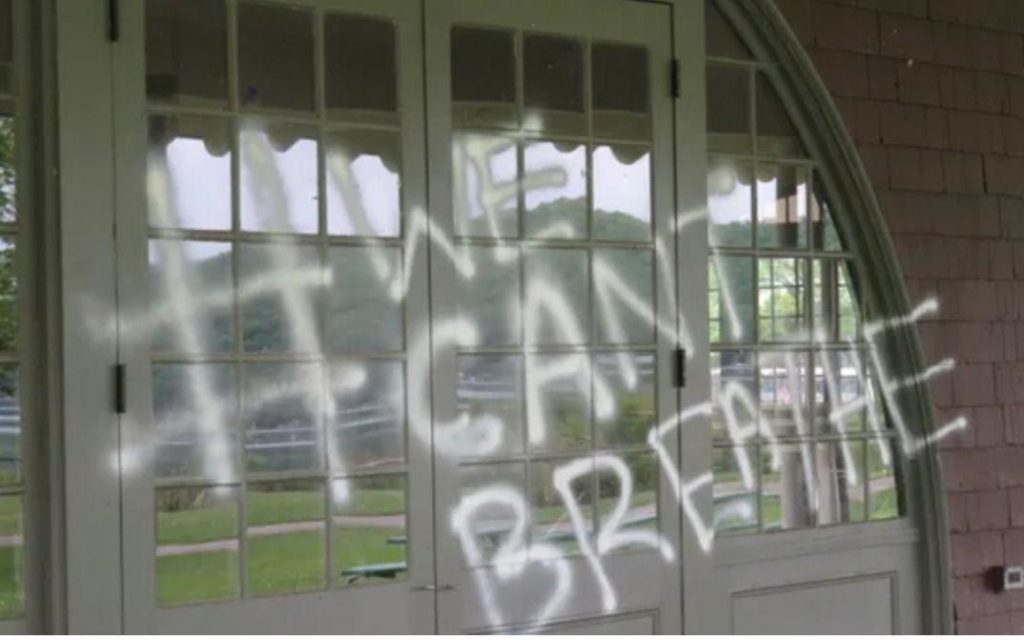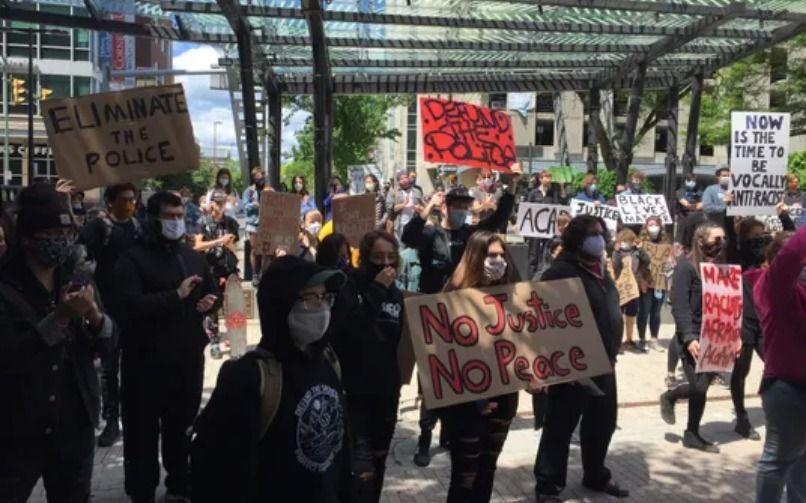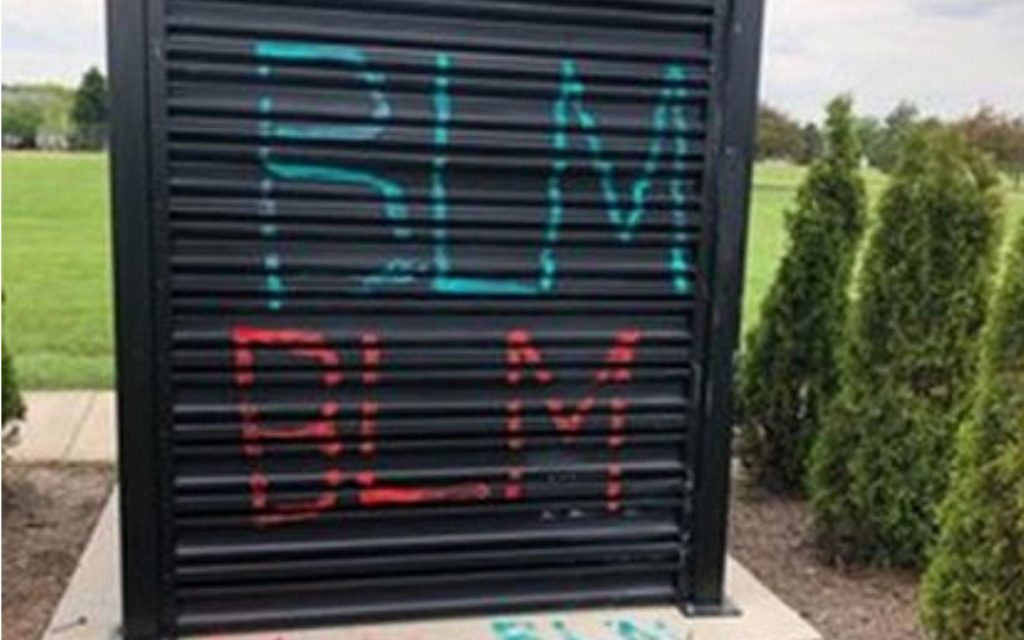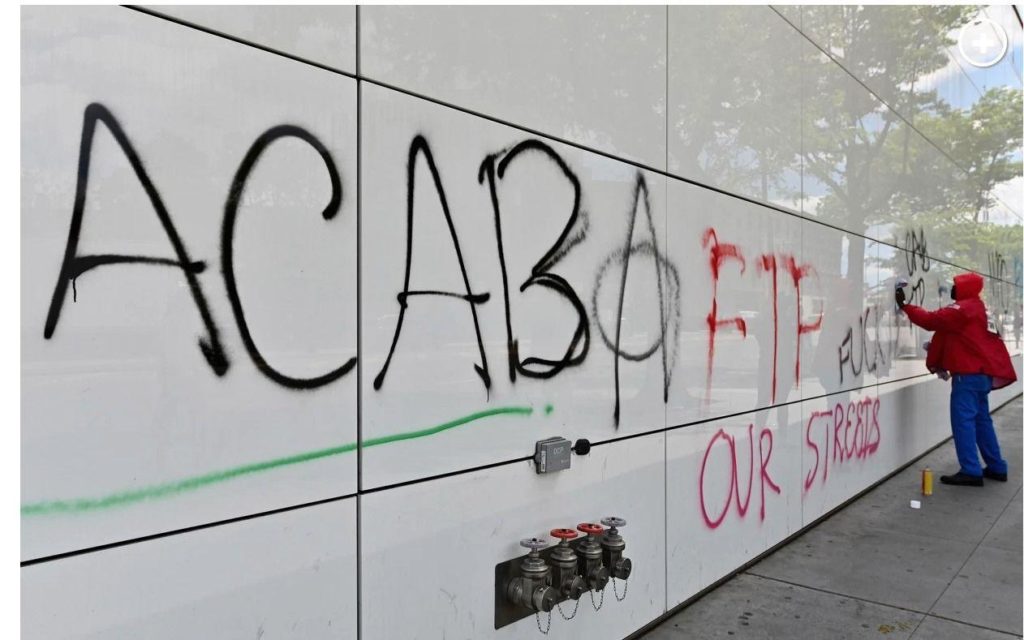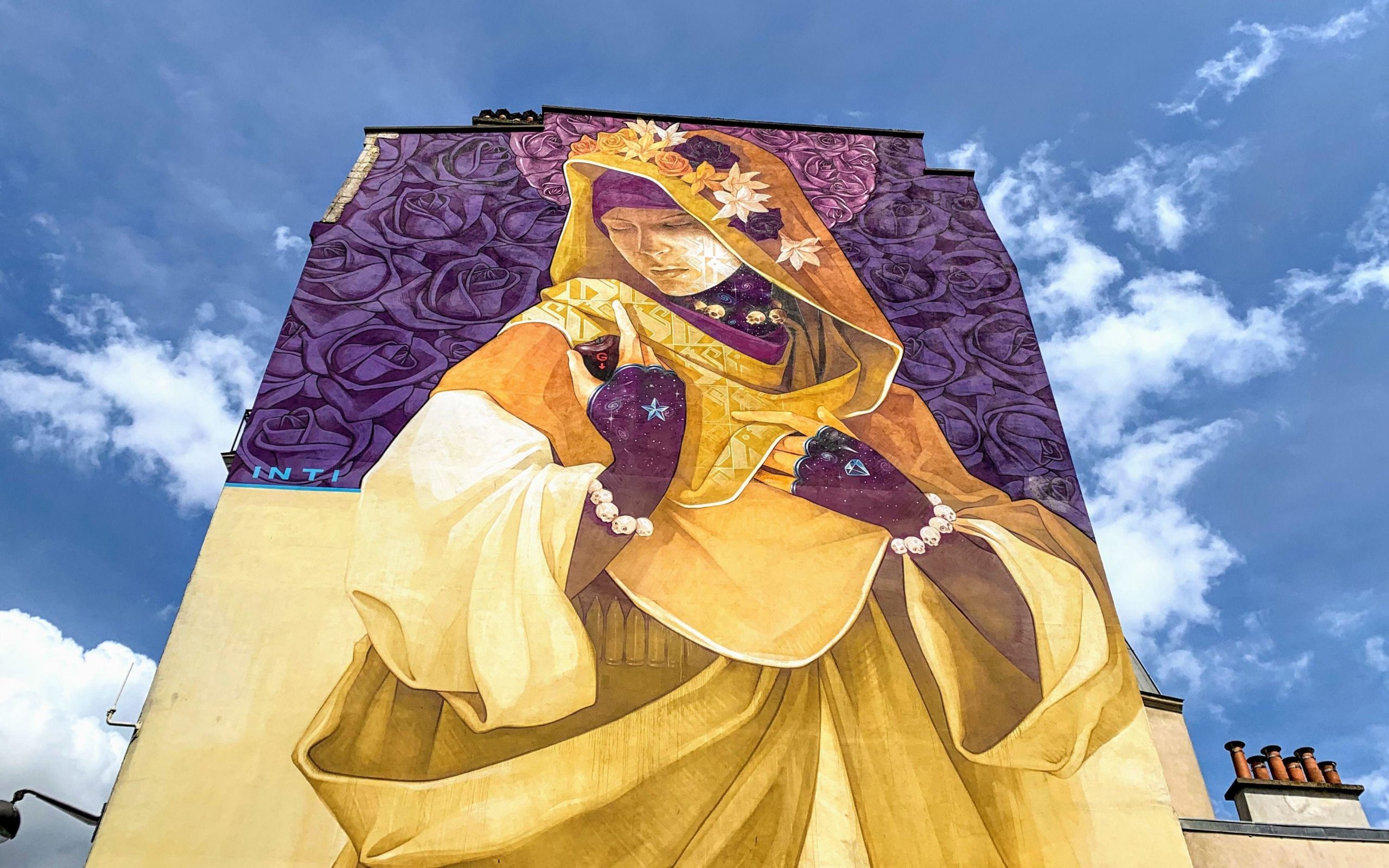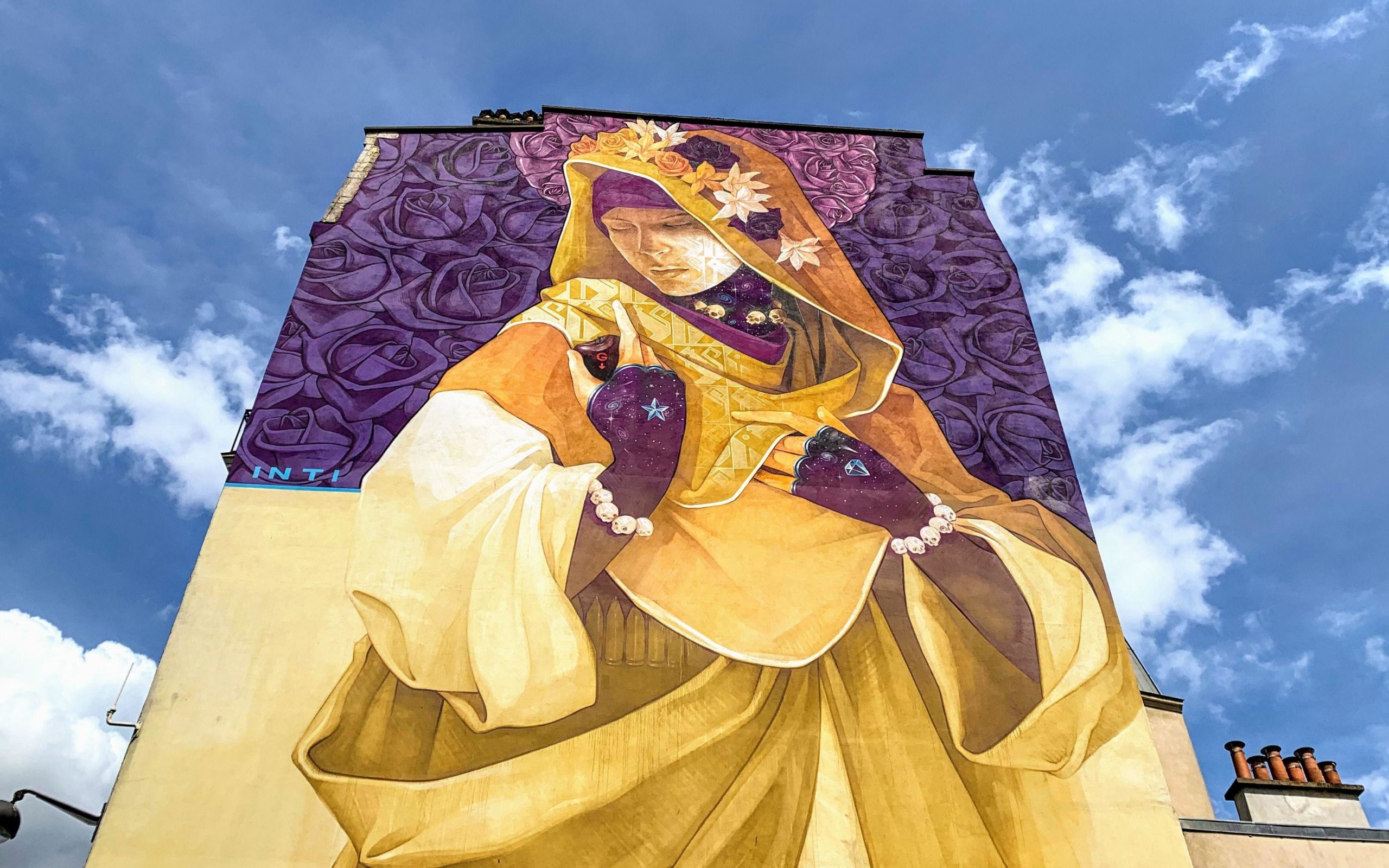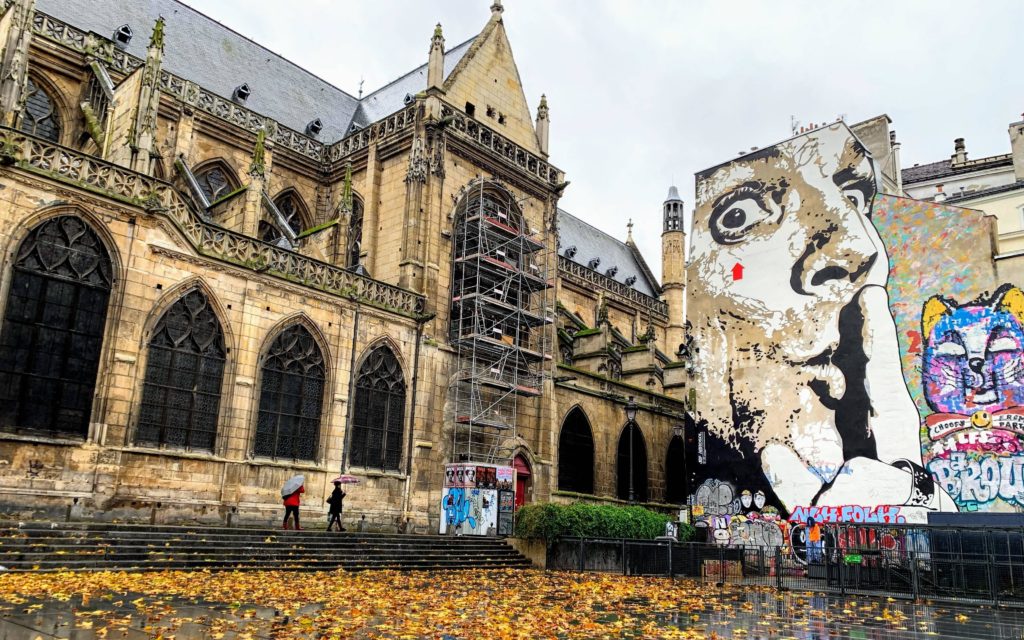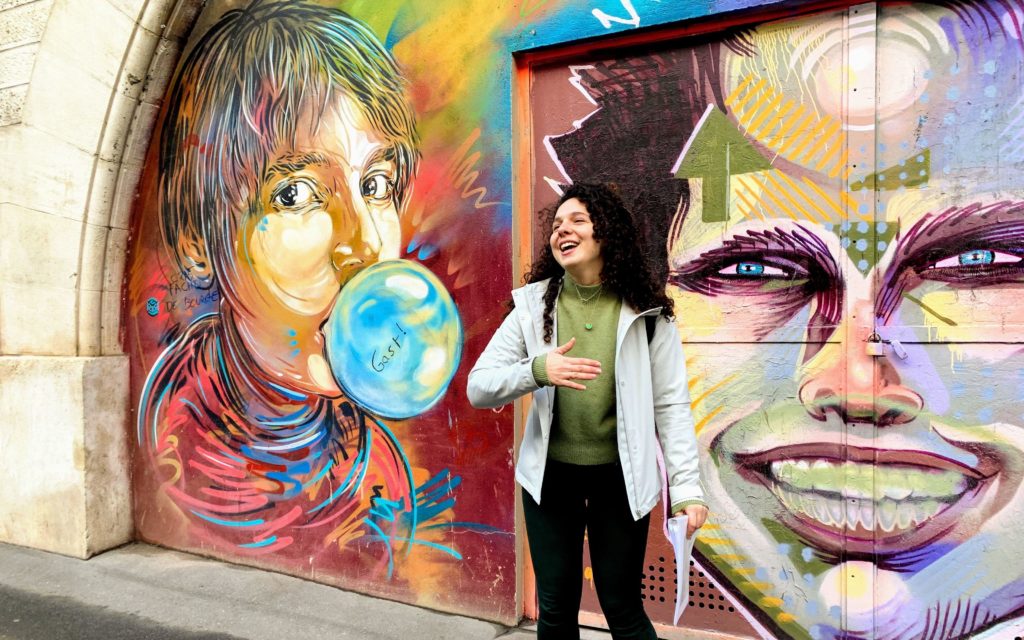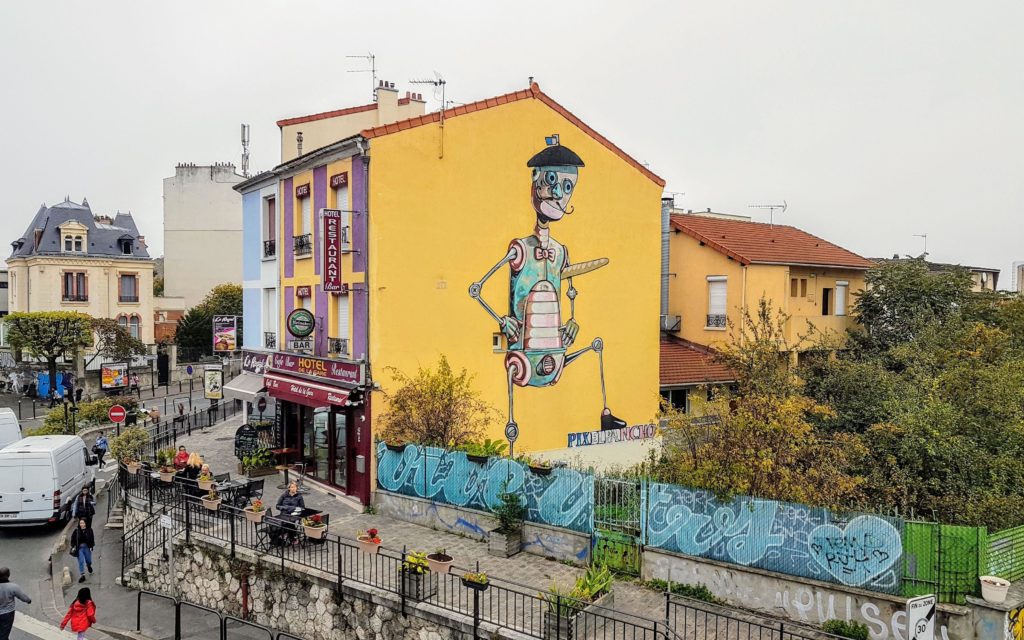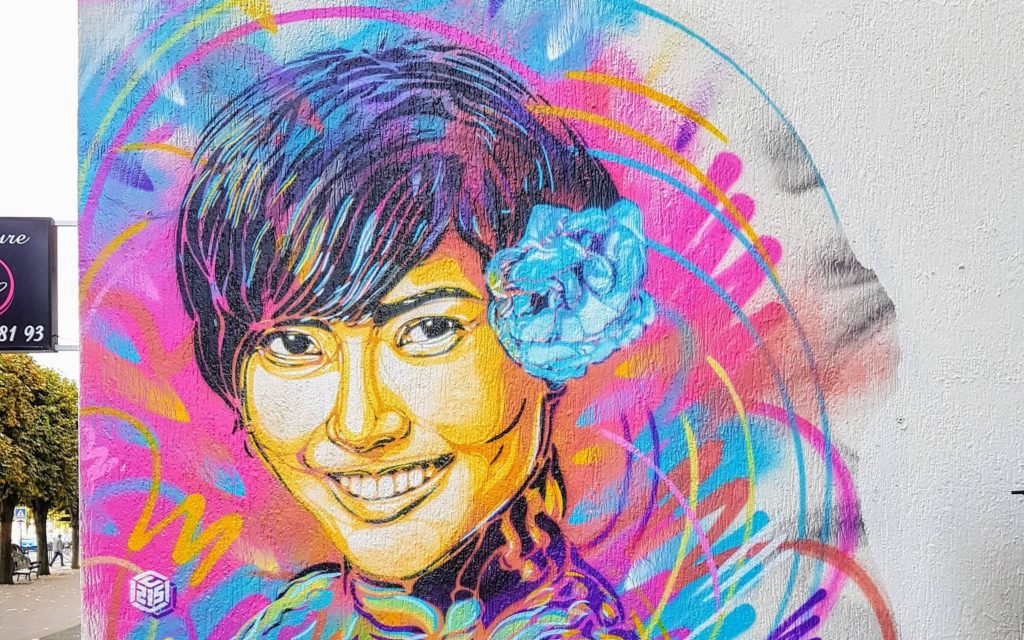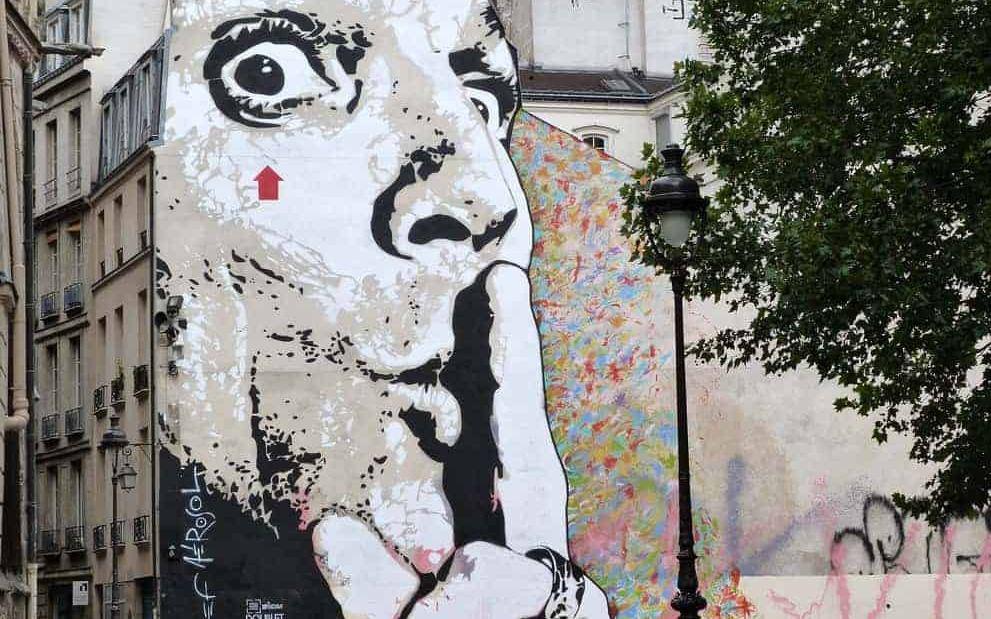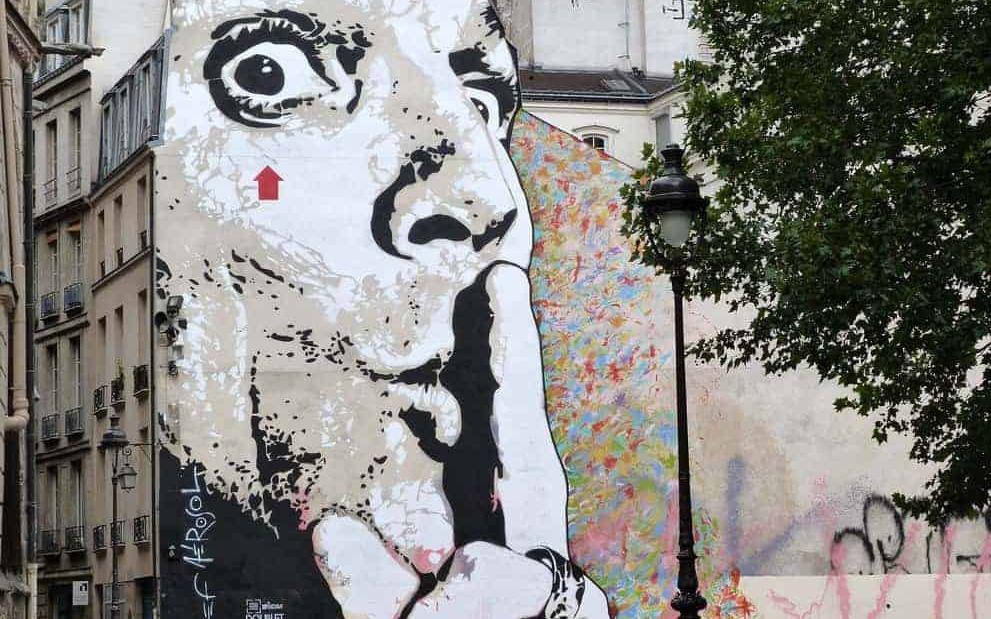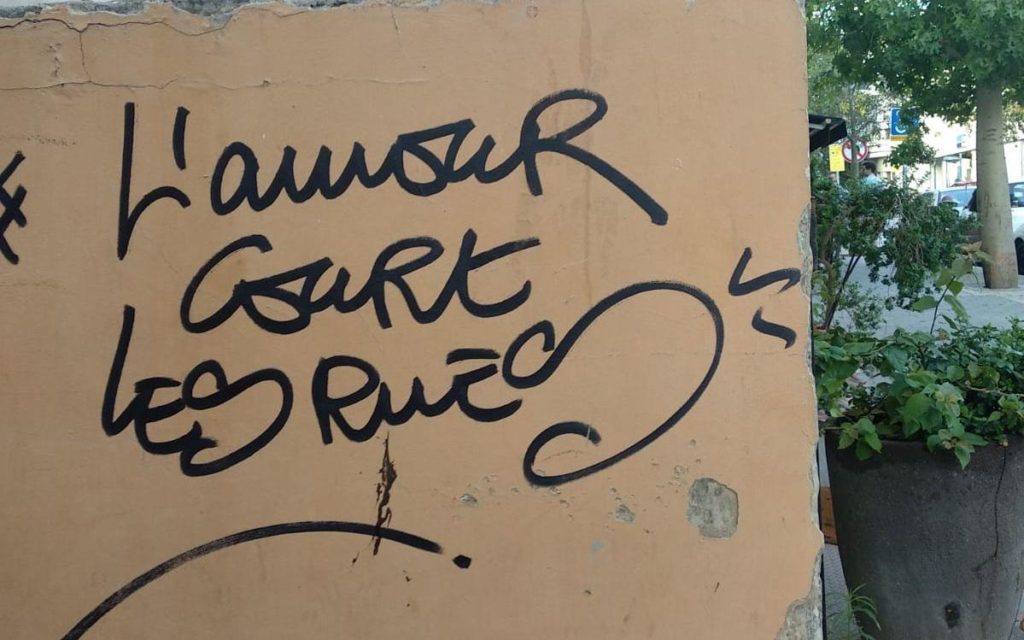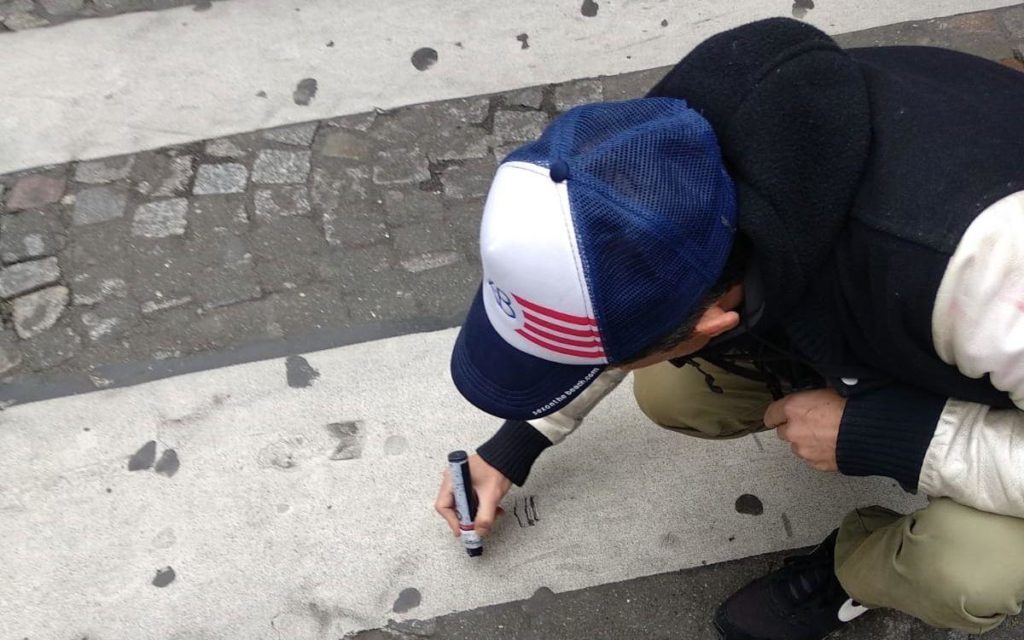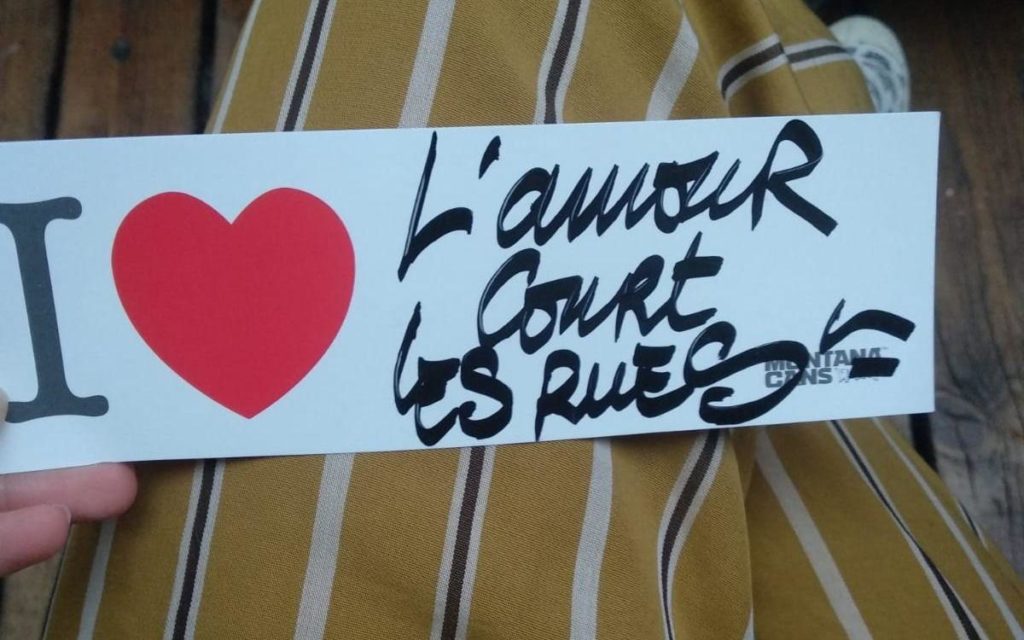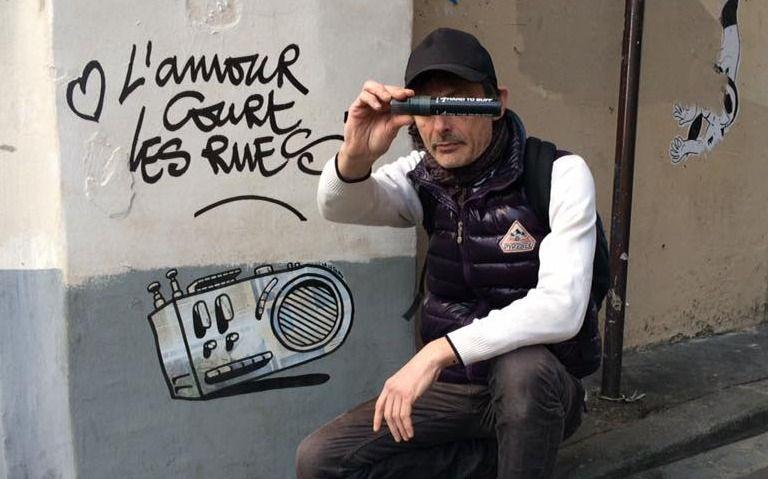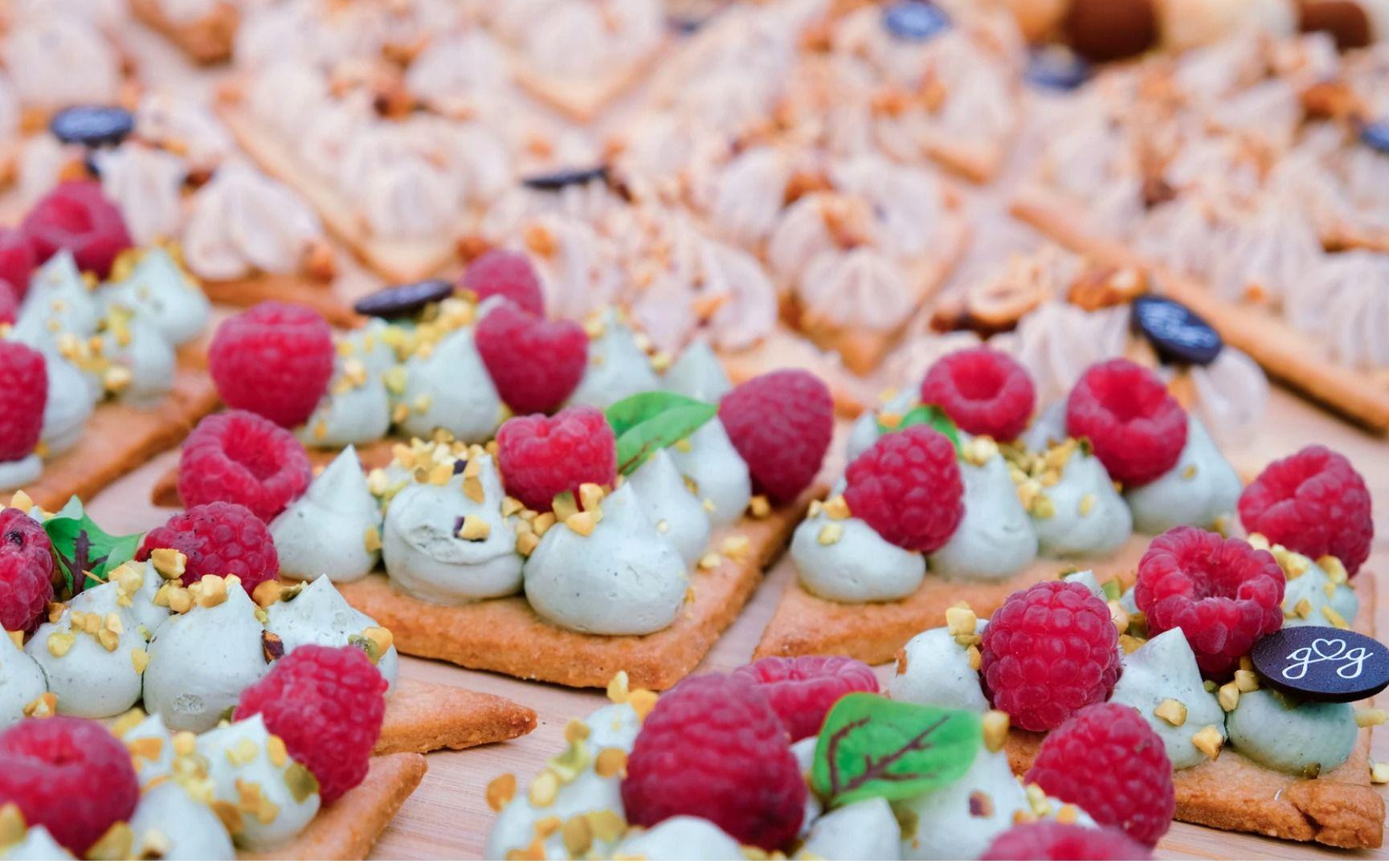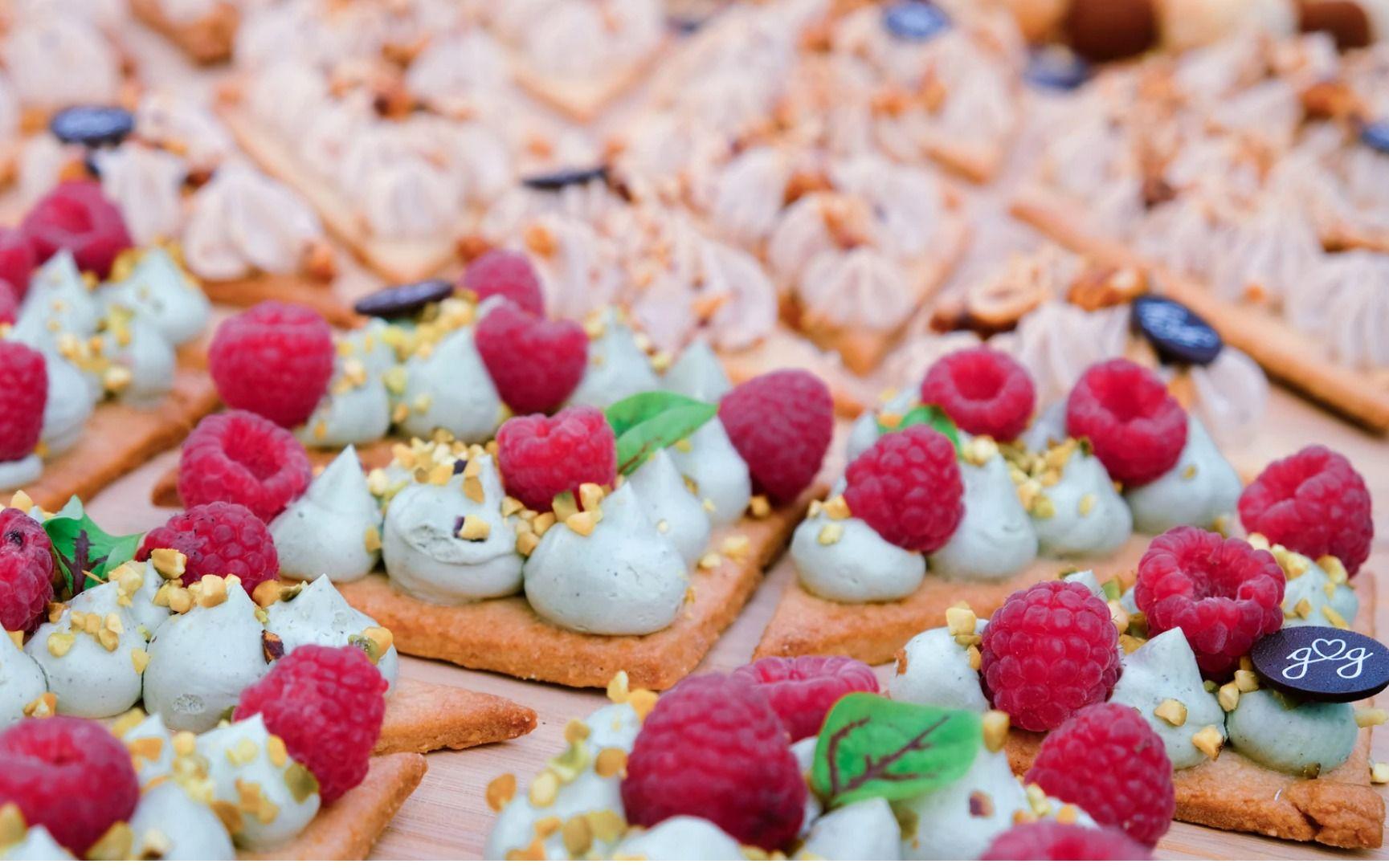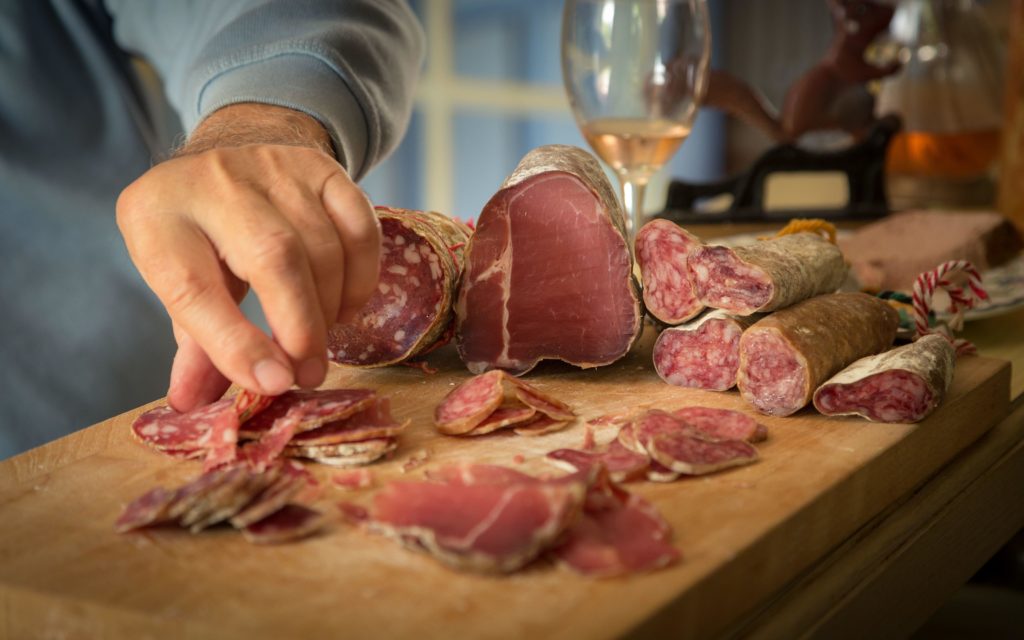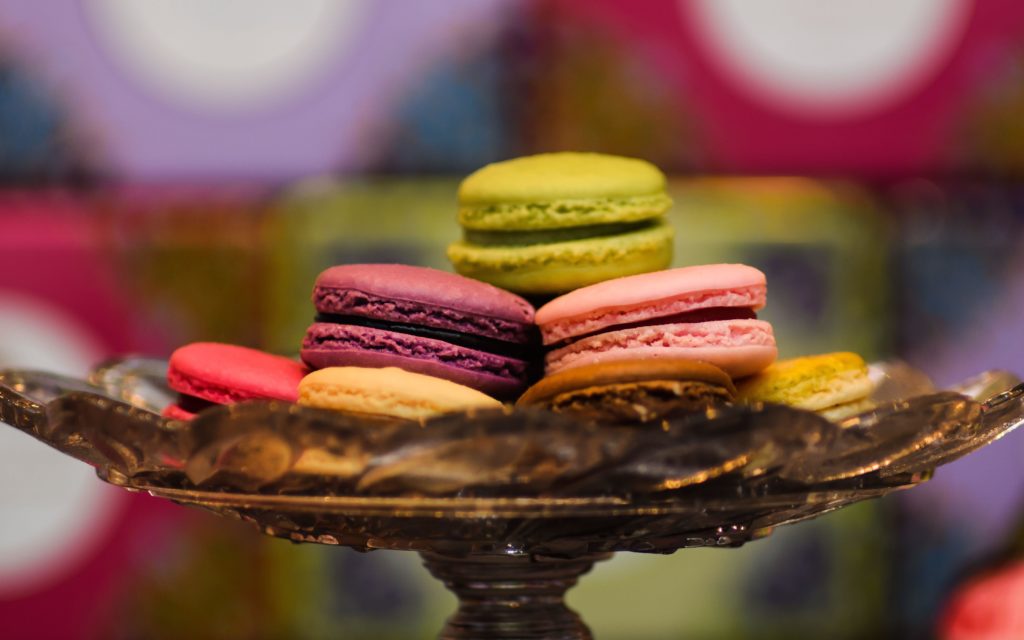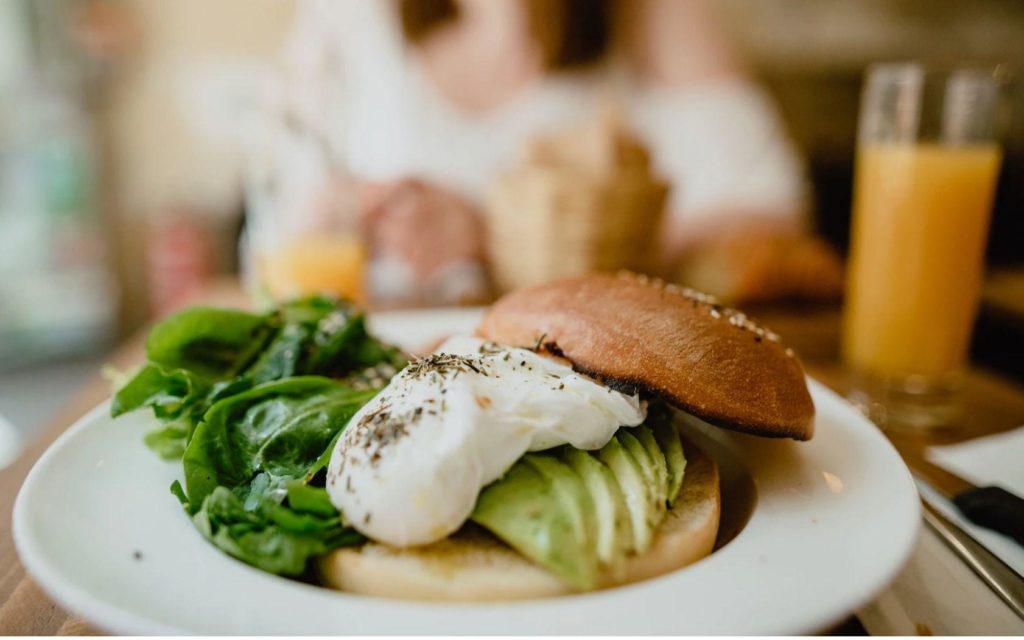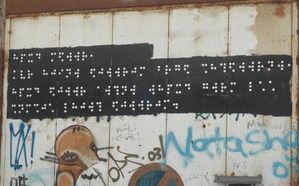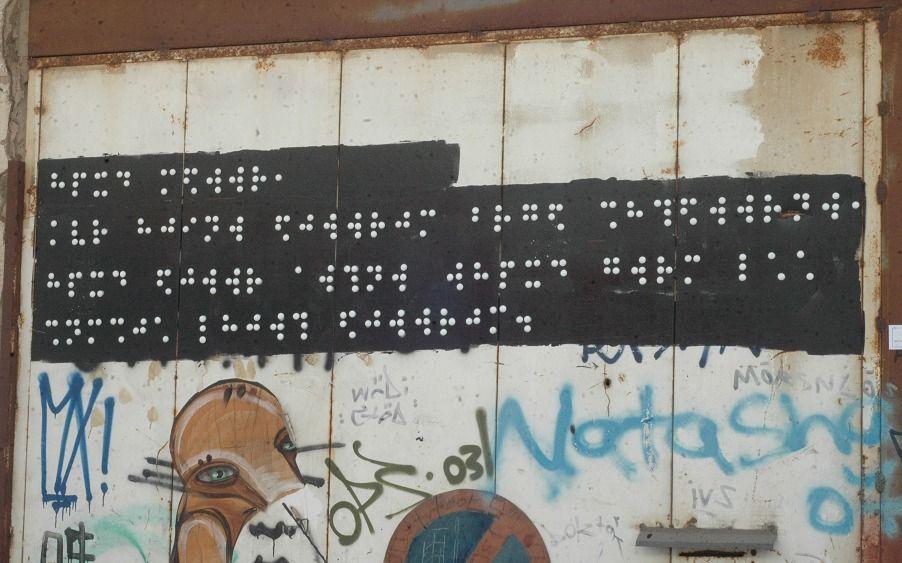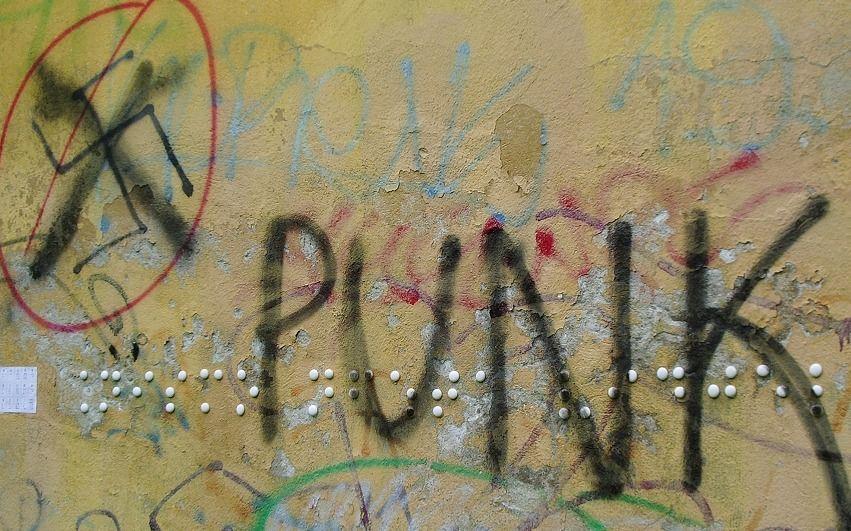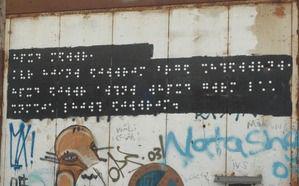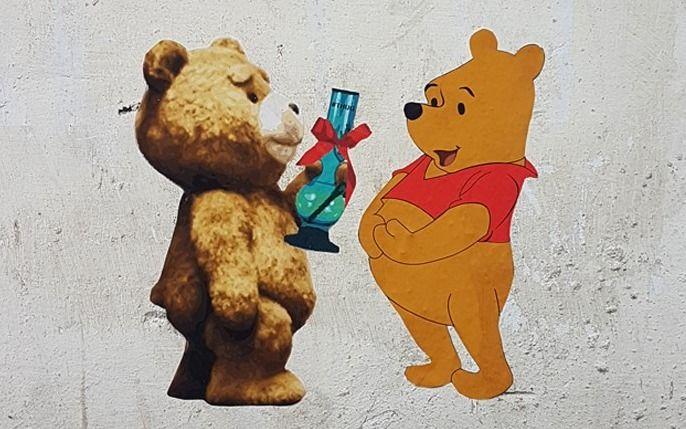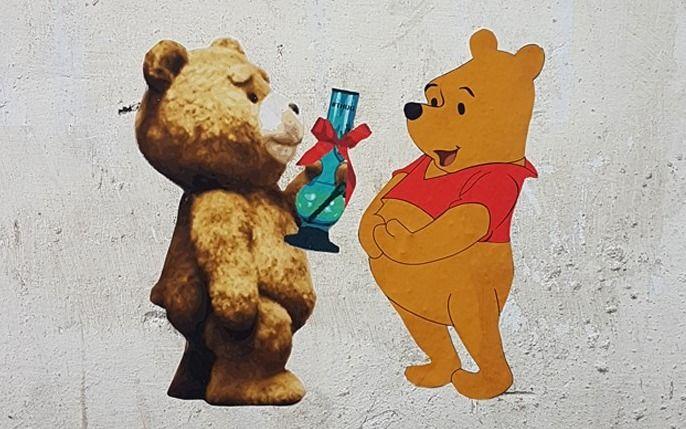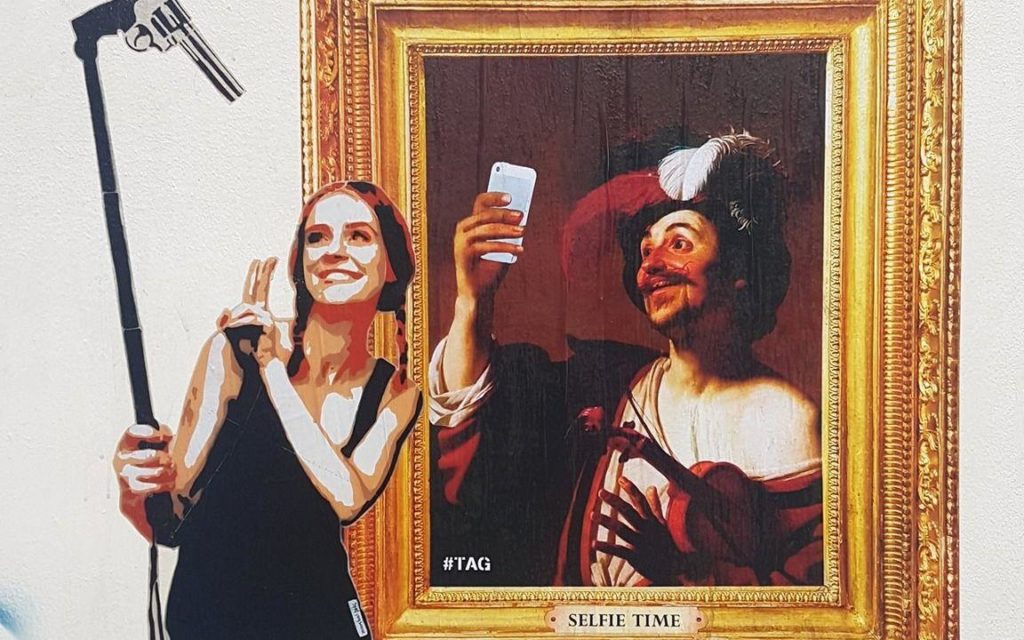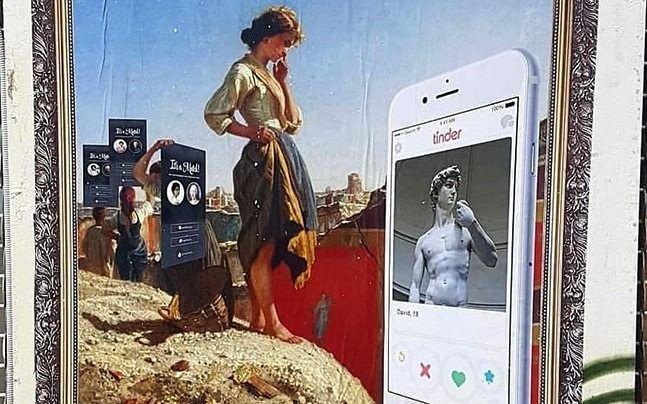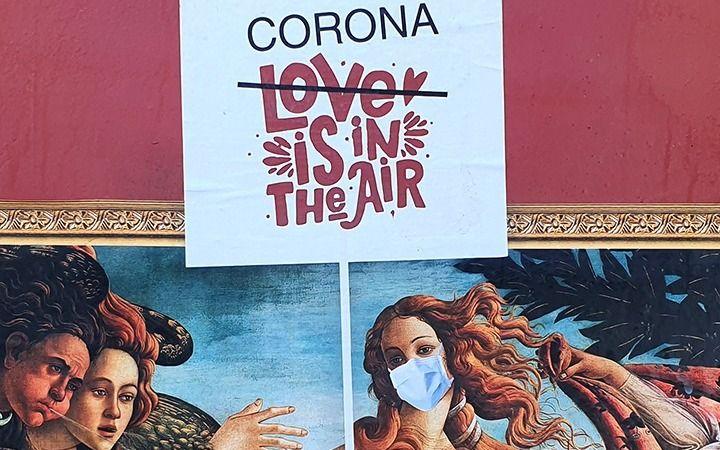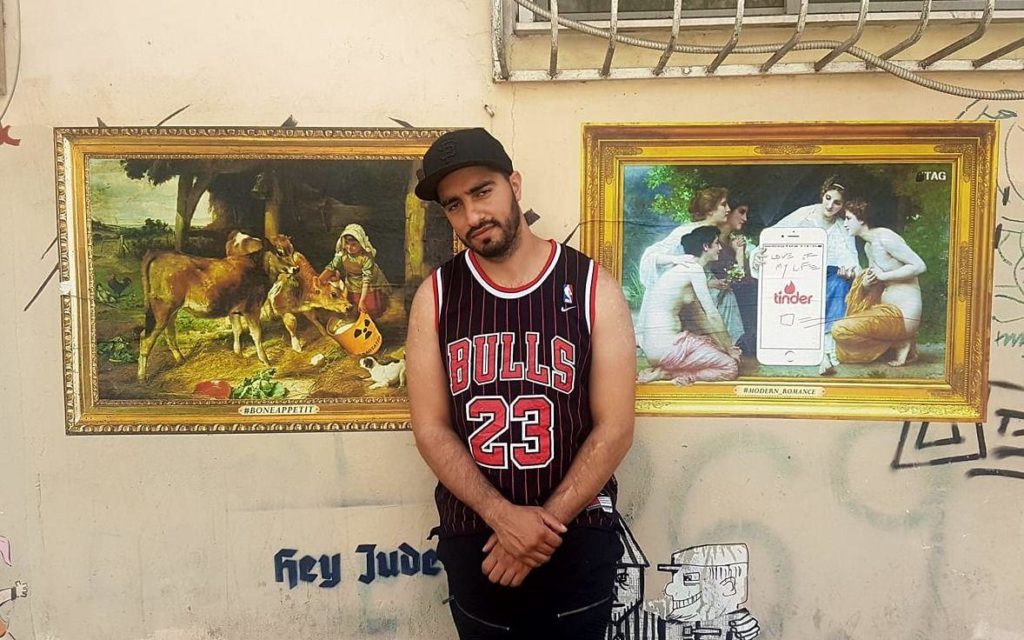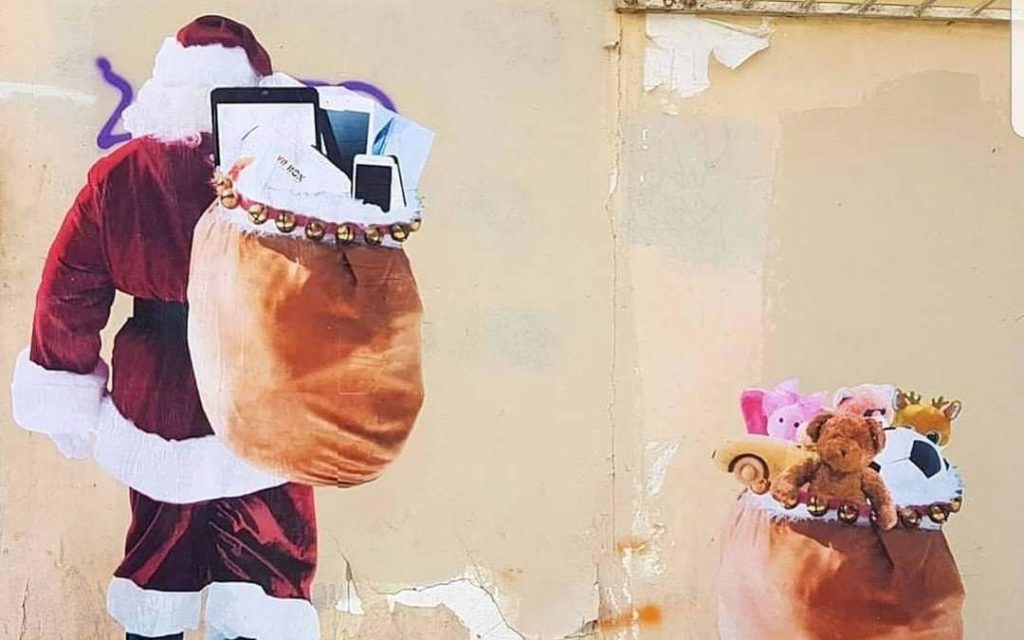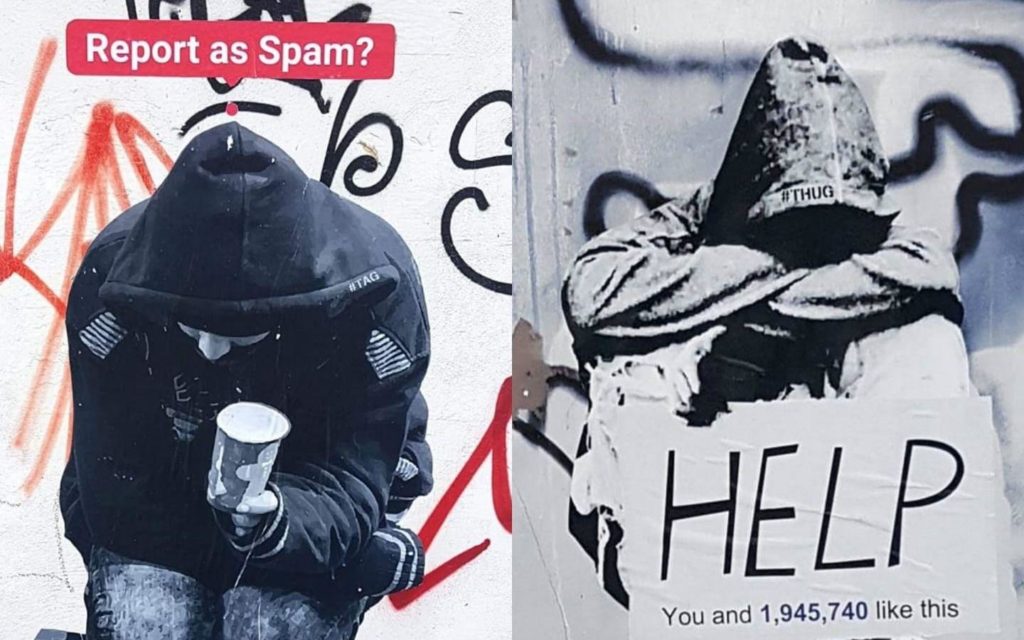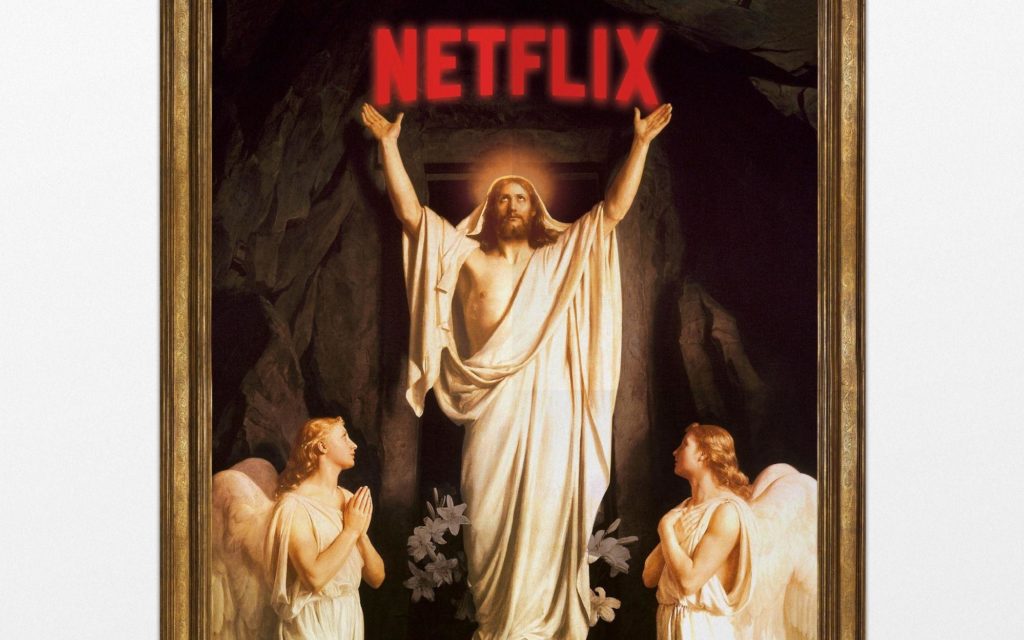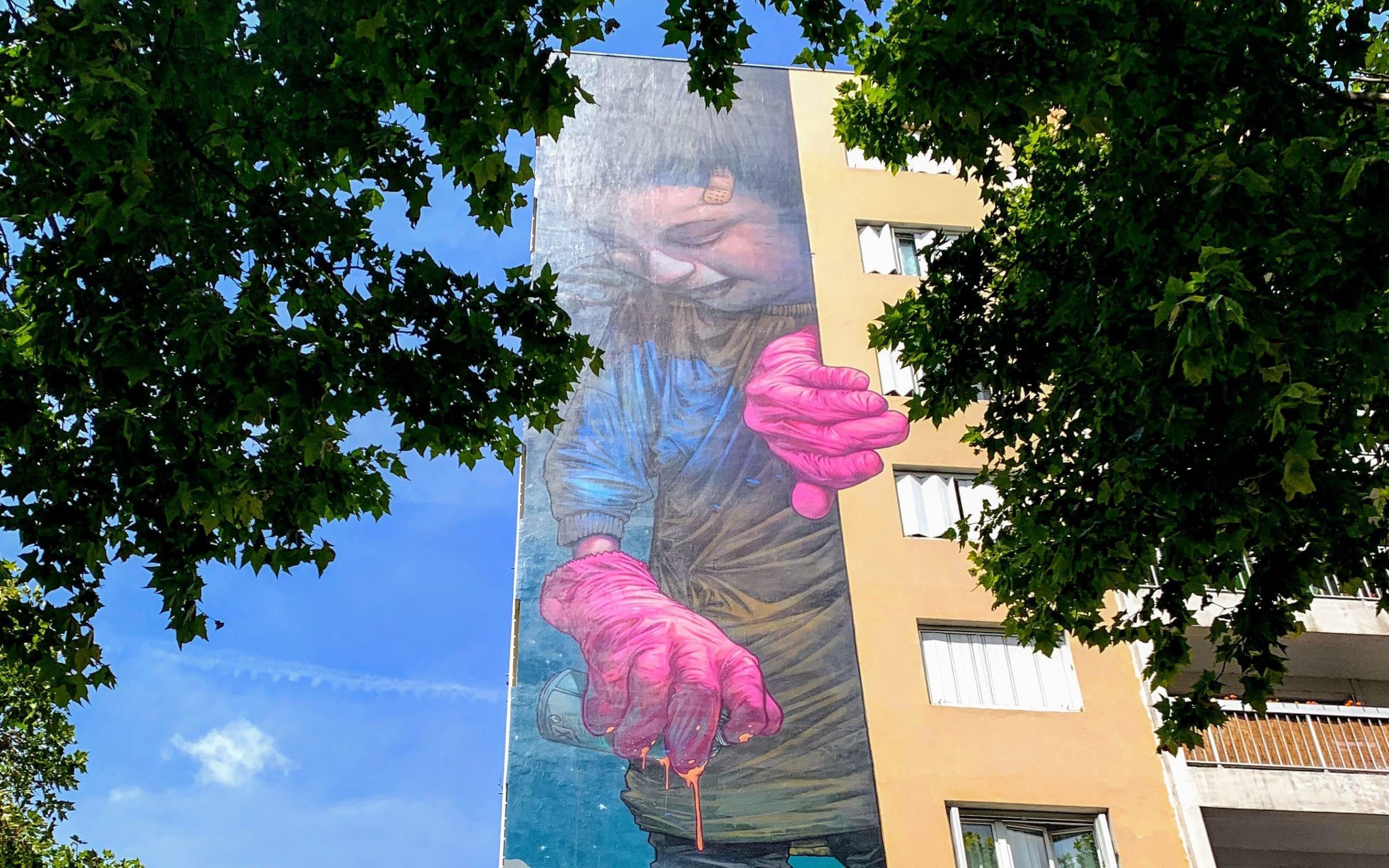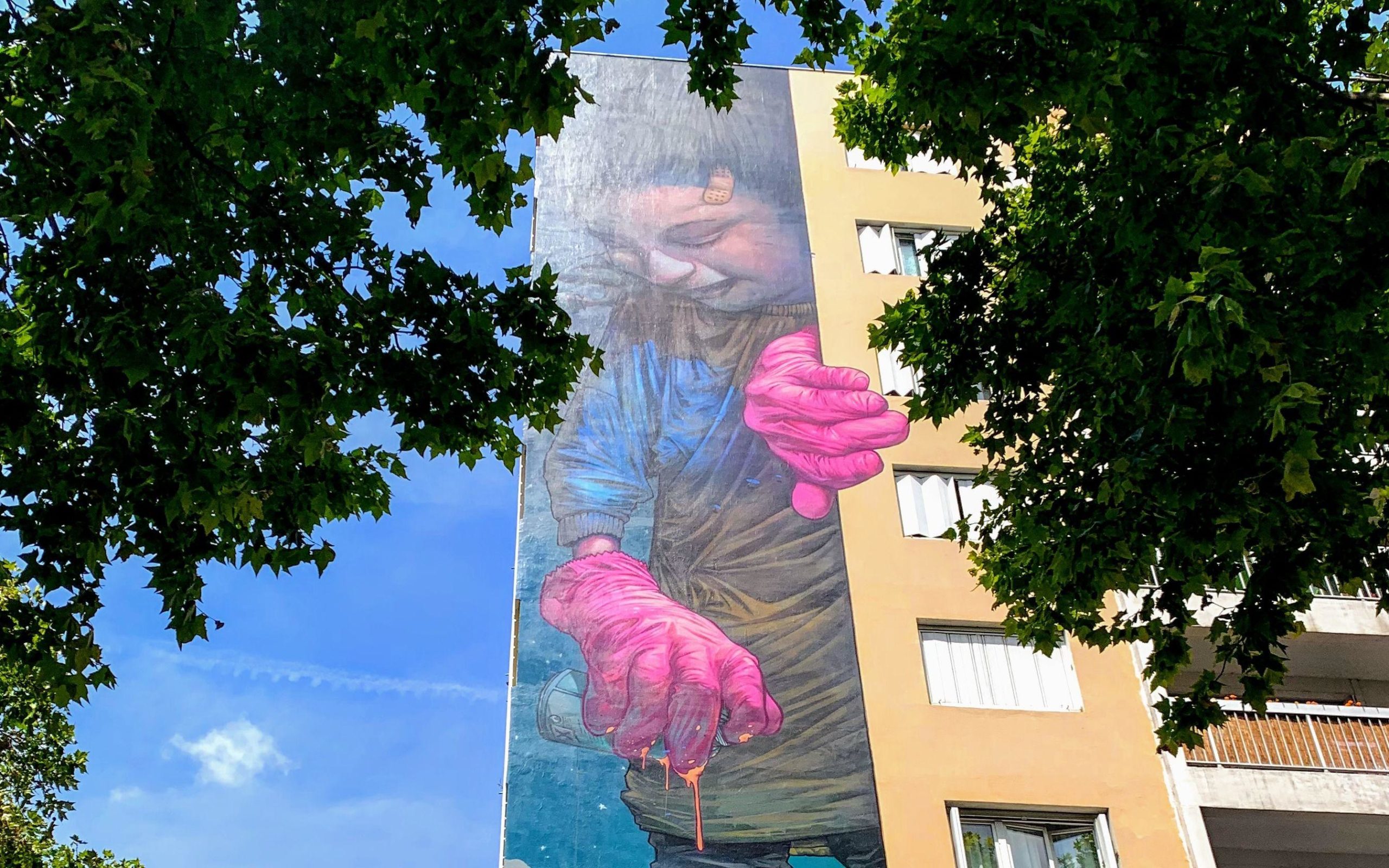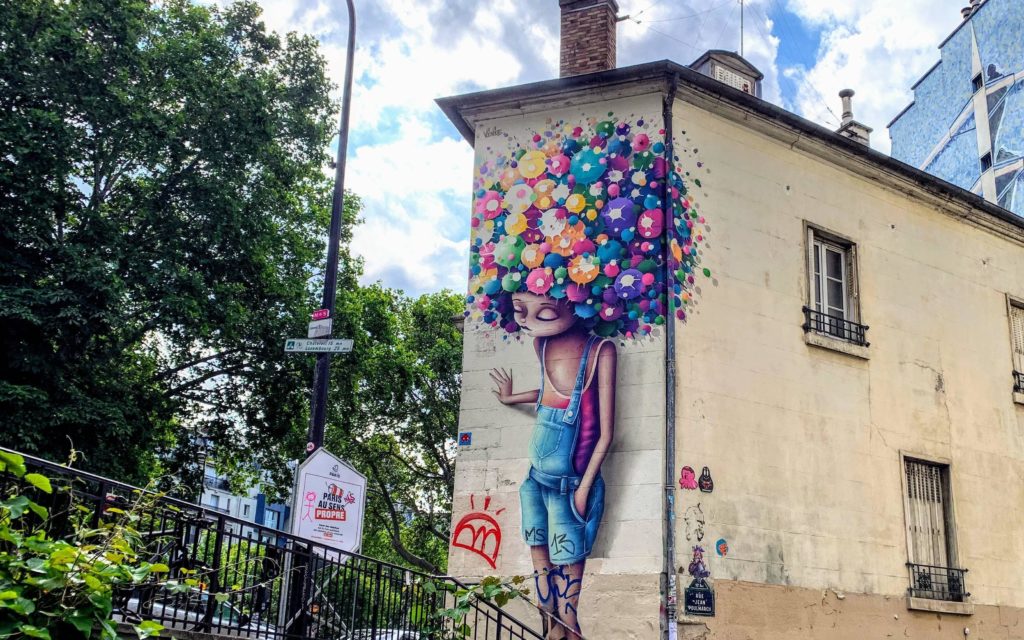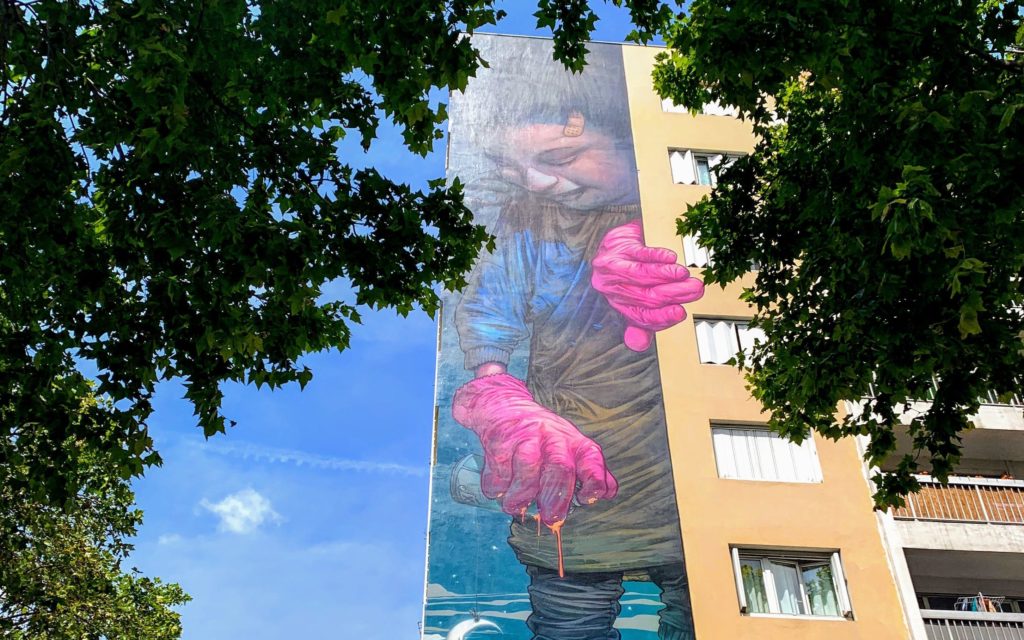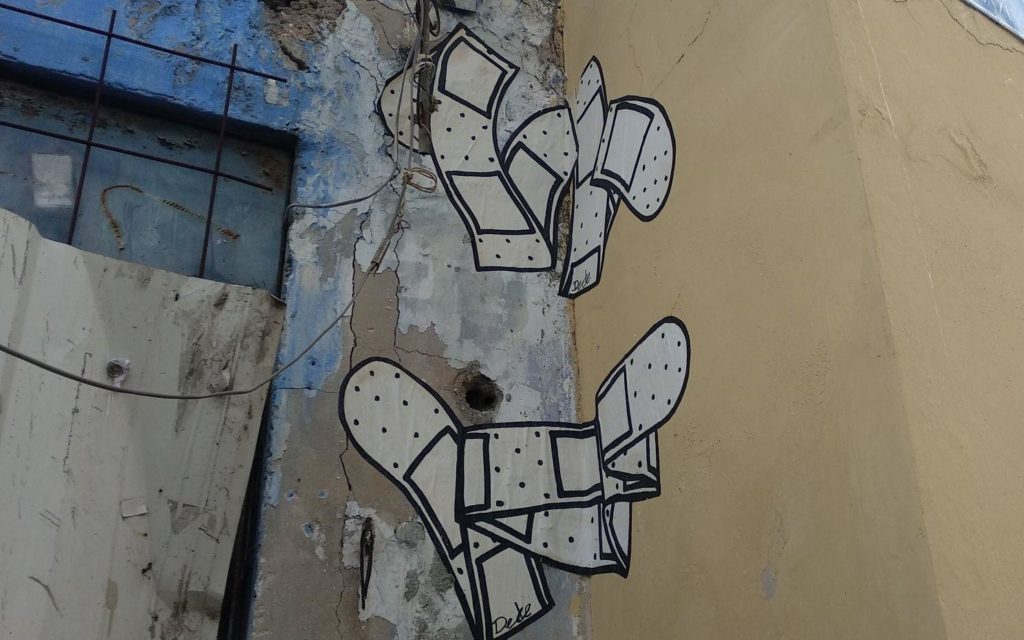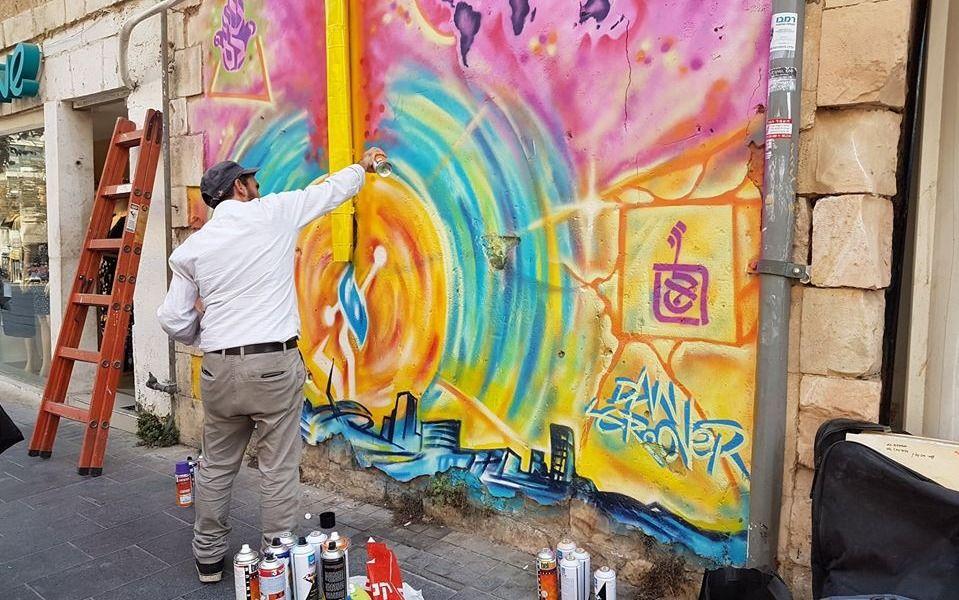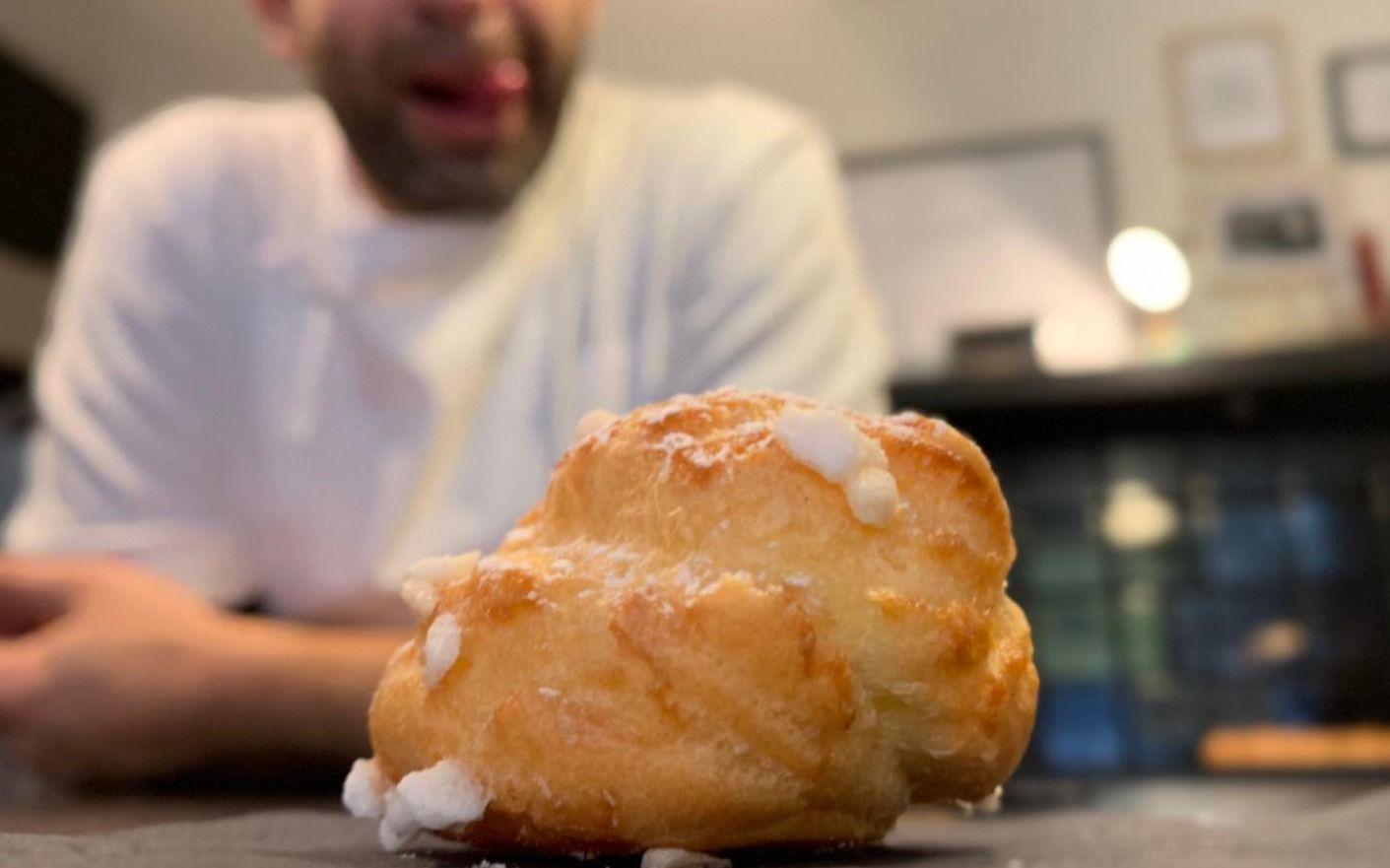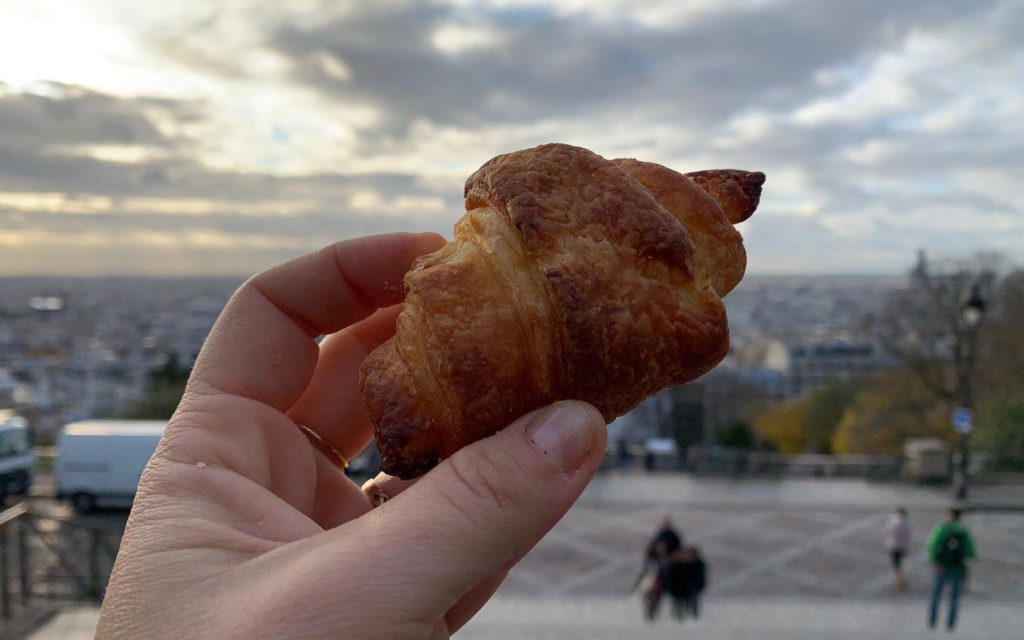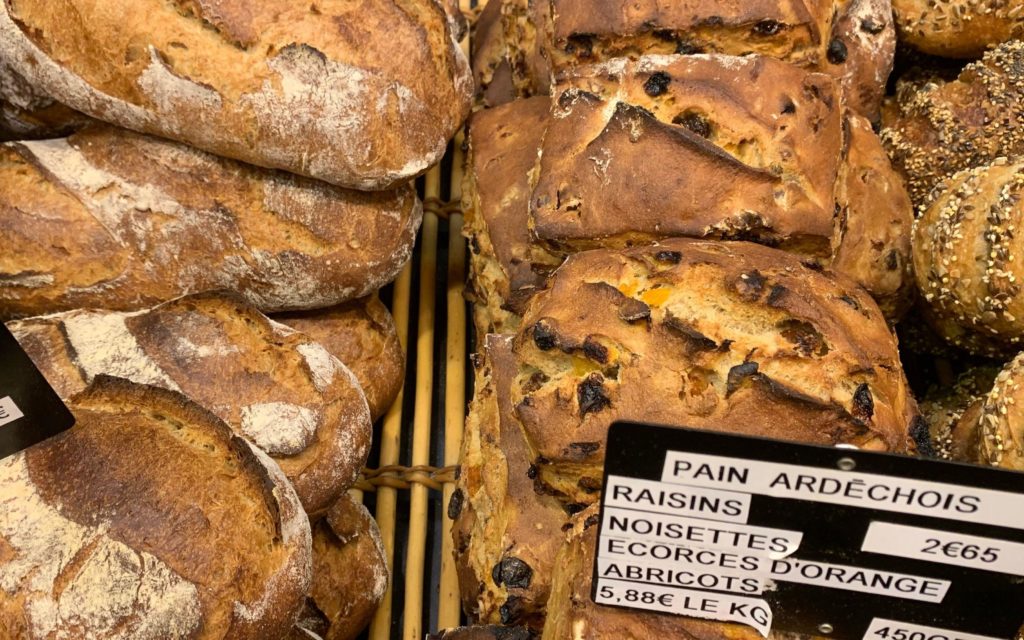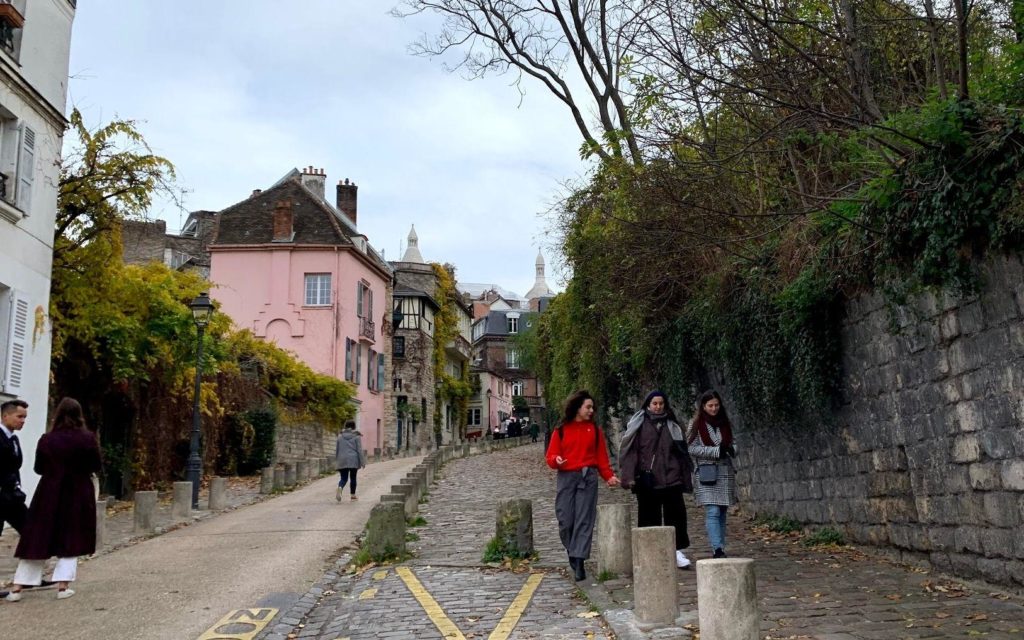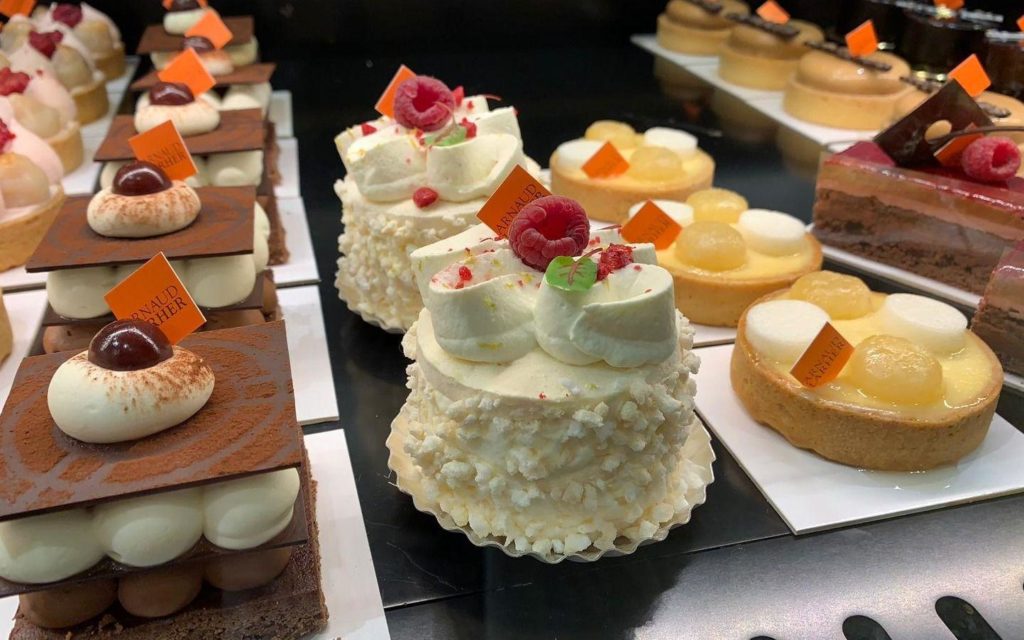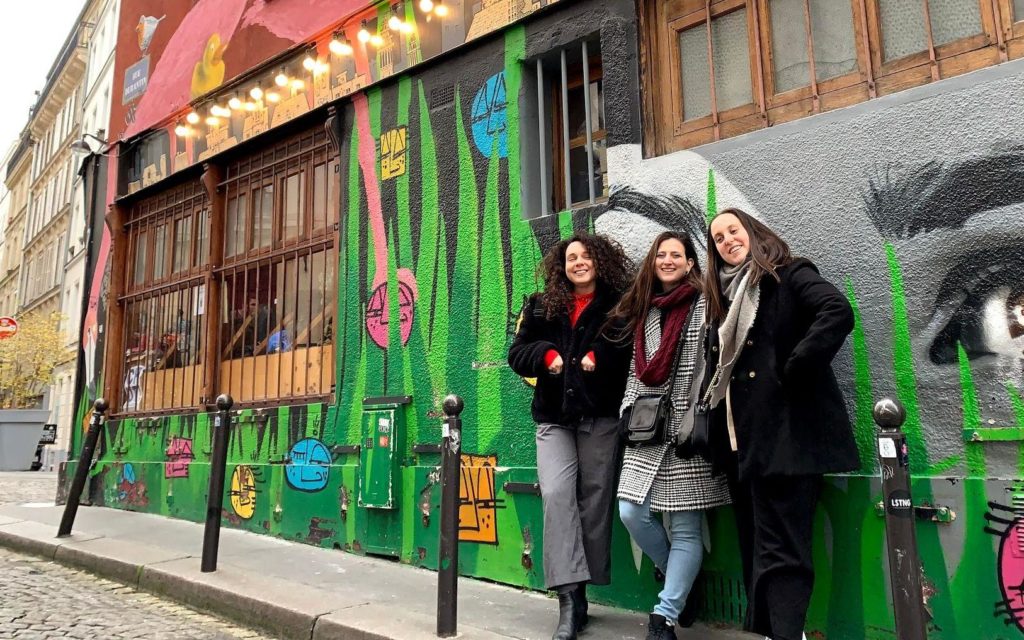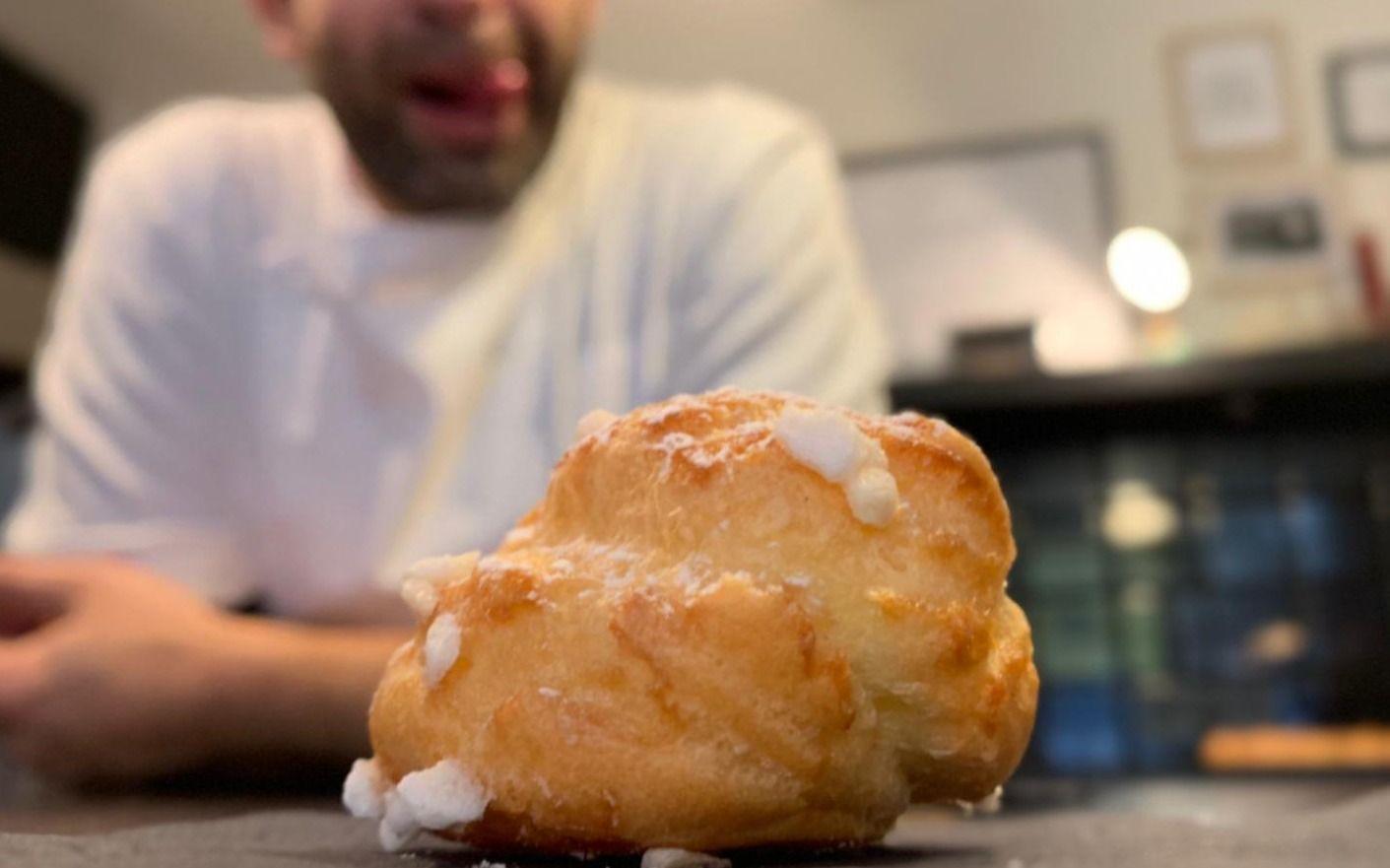
- 22/09/2022
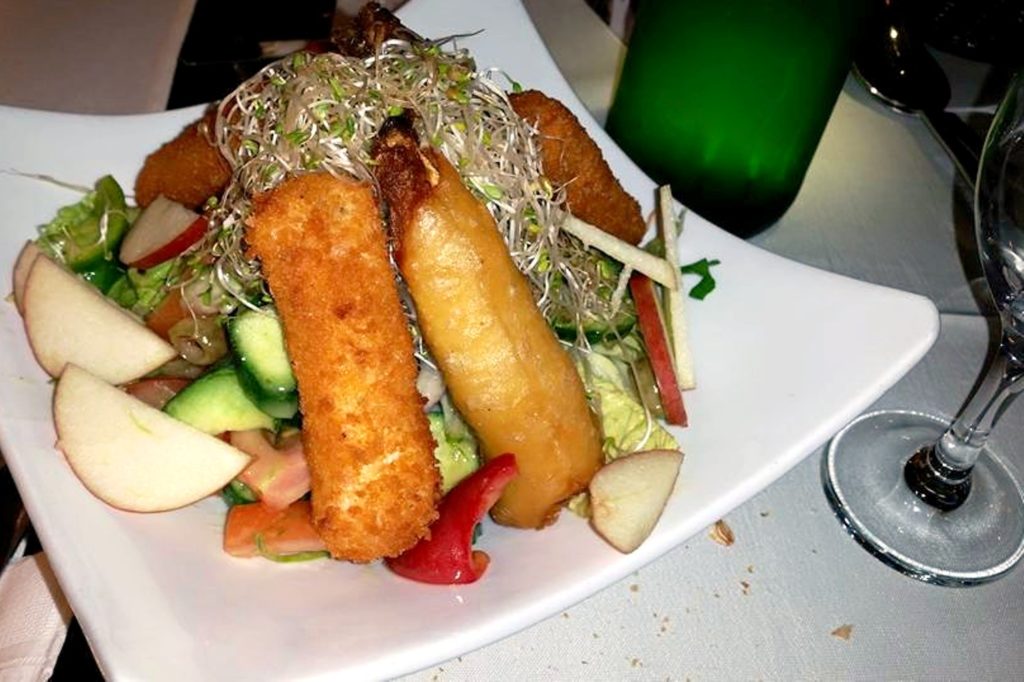
Kanú
The flashback bites
By Samantha Konstat
-Every bite is another exciting, different experience-
Kanú is a boat that takes us on a tender trip not only to southeast asia, but to simpler times of nurturing and joy.
Inspired by the time he spent in Vietnam, Tzaji, the crafter behind Kanú, gives us his unique version of an ancient asian cuisine that got influenced by the nuances of french techniques.
“The food is gentler, filled with fresh leaves, a unique mix between cooked and raw ingredients” – said Tzaji while giving a passionate explanation on the subtleties among all the different herbs and leaves he uses in his dishes.
When we think of asian food we often go straight to spices, condiments, fries and stews with intense seasoning, but the philosophy of Tzaji’s vietnamese food is entirely the opposite, with refreshing and lighter ingredients, but nevertheless complex and full of flavor.
It all started when he traveled to Vietnam and decided that his not trip was not going to end there, he wanted to bring the food he fell in love with back to Tel Aviv and he set on the mission of self learning the ways around the kitchen until he perfected what he calls his master dish – the spring rolls.

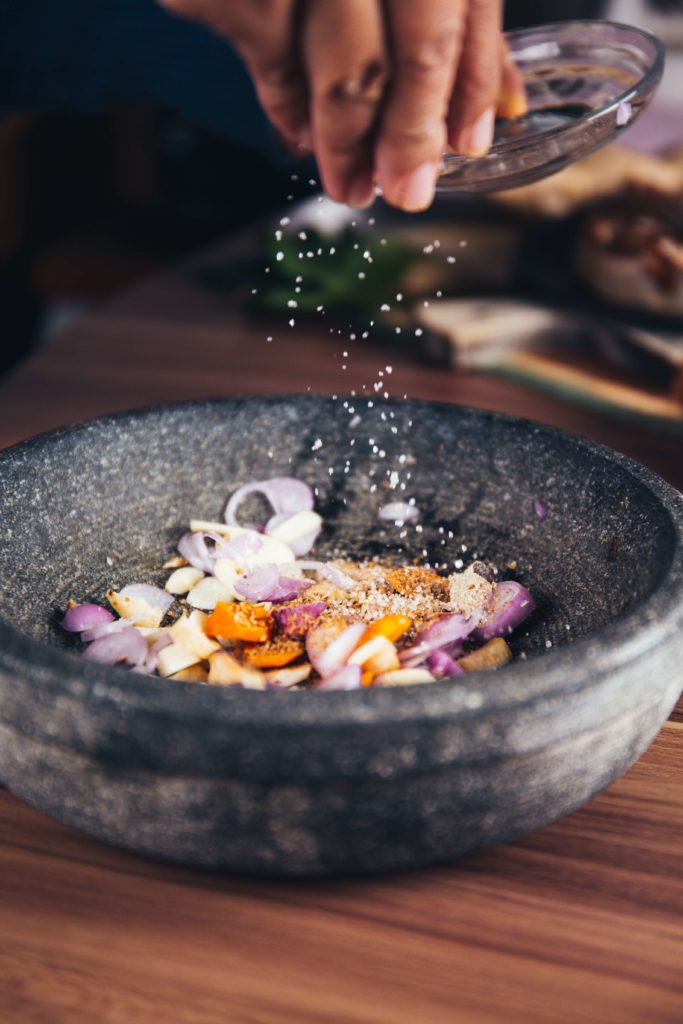
These hand rolled tasty meal takes you on a journey of contrast and balance. On one hand you can have soft rice noodles with rich sweet potato and avocado chunks and on the other hand crunchy salty textures of carrots, cucumber and peanuts. Next to this, spicy flavors from chilli flakes, and Tzaji’s special touch, sweet coconut flakes.
And if this is not enough, you can then choose to dip it in your choice of 3 different sauces, miso, peanut and spicy mayo, which makes every bite another exciting, different experience.
“Eat your food with your hands, it’s part of the game”, to Tzaji it’s not only about a meal, but about bringing a smile into people’s faces. That has been his main purpose since he started on a tiny narrow elongated local, therefore the name Kanú (canoe).
And even though he has been growing a lot for the past 7 years, he still treats his place like his own little baby. You can find him there in his Florentin restaurant, serving, cooking and talking to his customers, making sure they’re having a nice time.
Kanú is very personal for him, and when he designs his recipes he believes he should follow his gut, and just make something that he enjoys, opposed to a marketed pleasing point of view other businesses may have, and it seems like after all that’s what makes the place so special, there is no way of talking about Kanú without Tzaji’s personal journey intertwined.
So if you are craving nostalgia for your asia trips, go to Herzl street and enjoy some Pho, Buns, Salads, Cold Teas and other tasty vietnamese dishes, knowing that they’re made with tender care and filled with personal history.
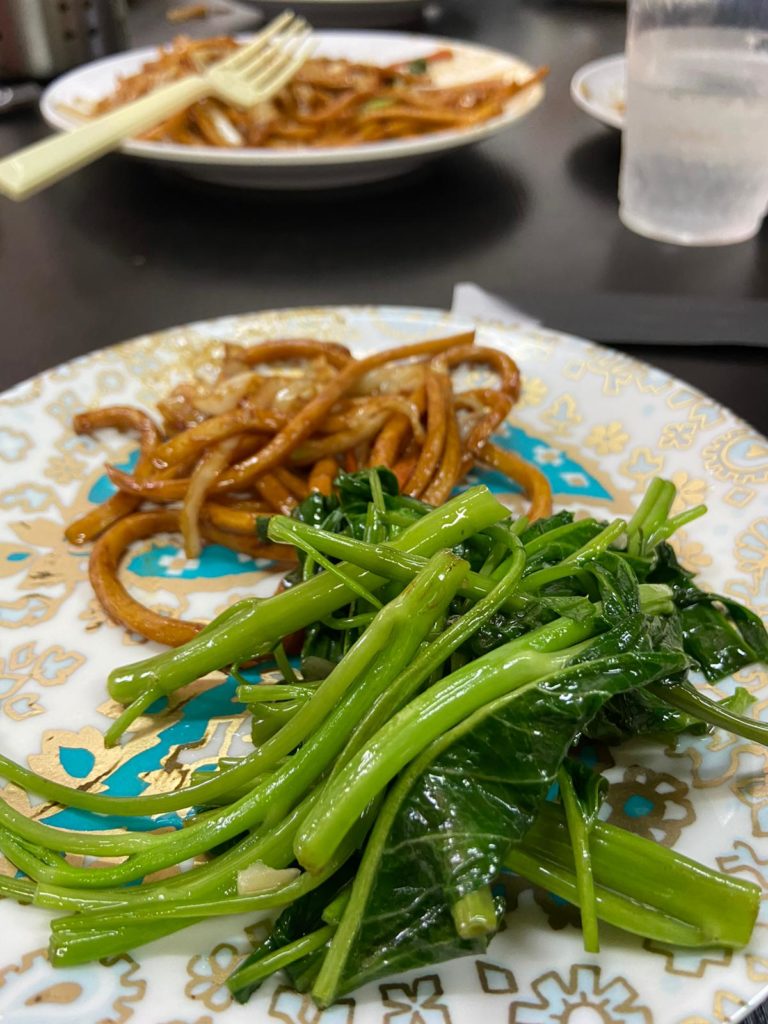






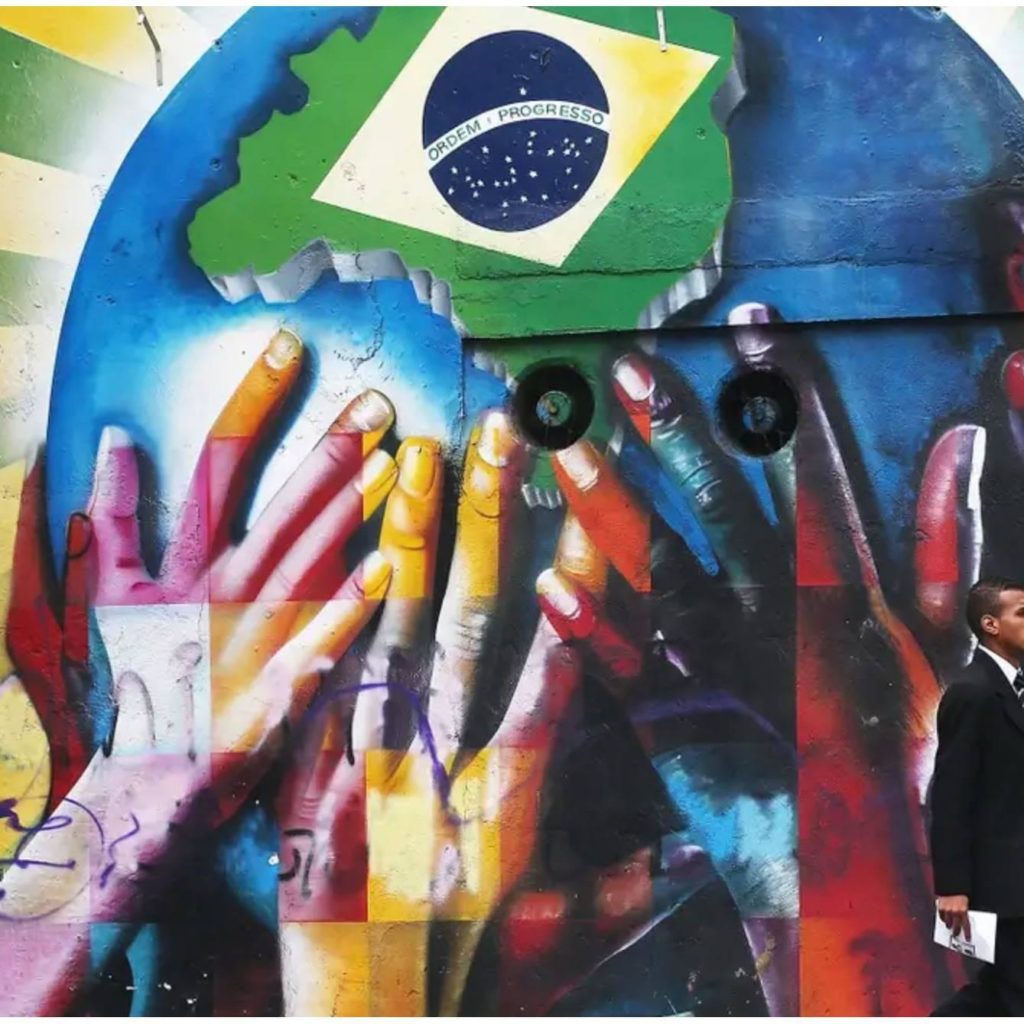 https://www.youtube.com/embed/SFvdHvlAZGo
2020-04-22
5 The graffiti that changed the world - a virtual tour that will blow you away
https://www.youtube.com/embed/SFvdHvlAZGo
2020-04-22
5 The graffiti that changed the world - a virtual tour that will blow you away
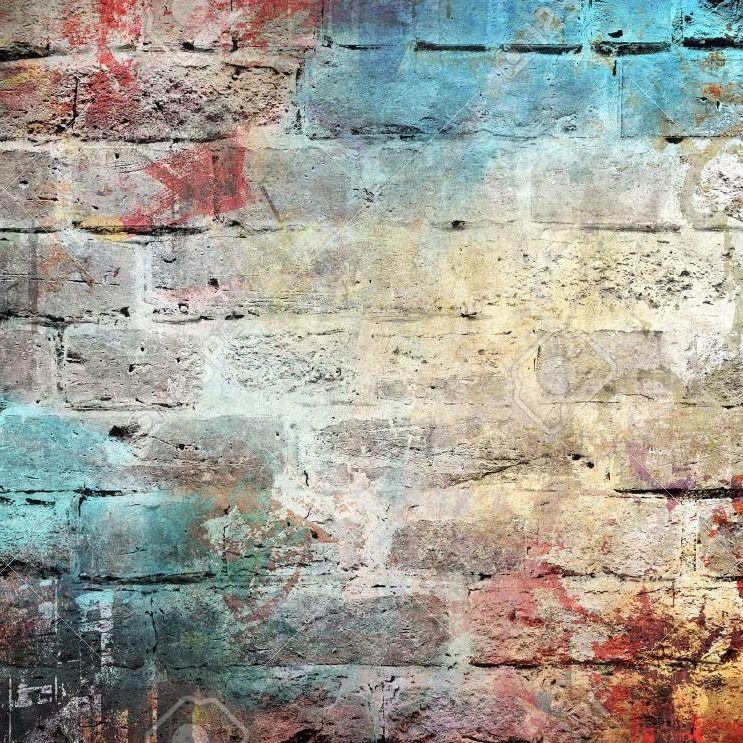 2020-03-12
Food tour of the Old City of Jerusalem
2020-03-12
Food tour of the Old City of Jerusalem
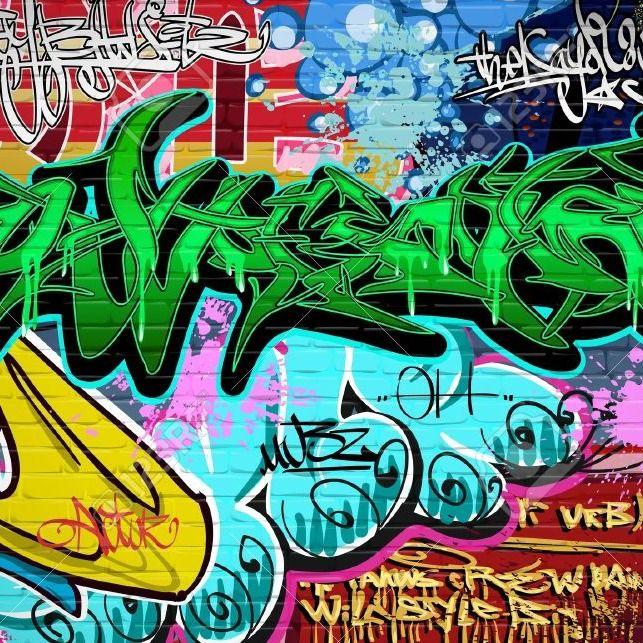 2020-03-12
A graffiti tour in the center of the Jerusalem scene
2020-03-12
A graffiti tour in the center of the Jerusalem scene
